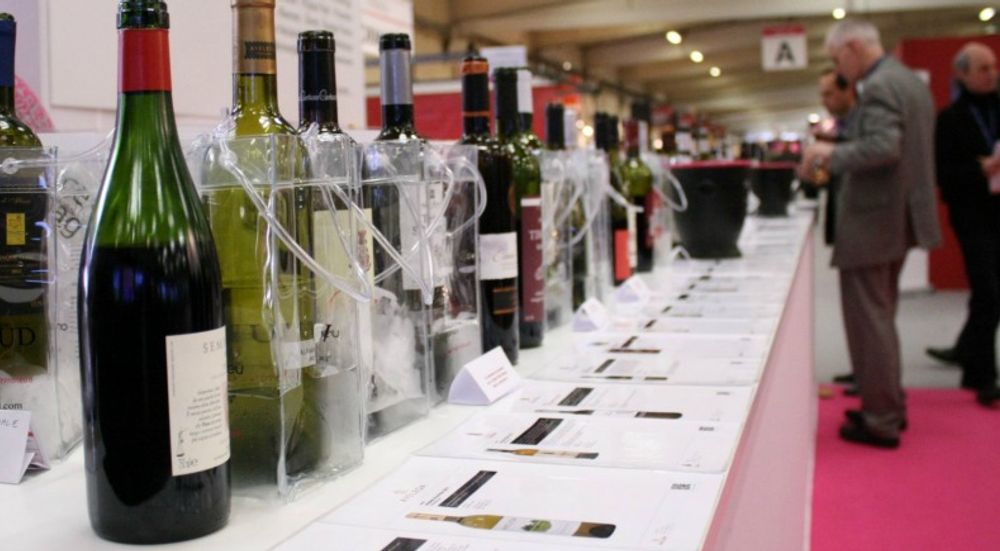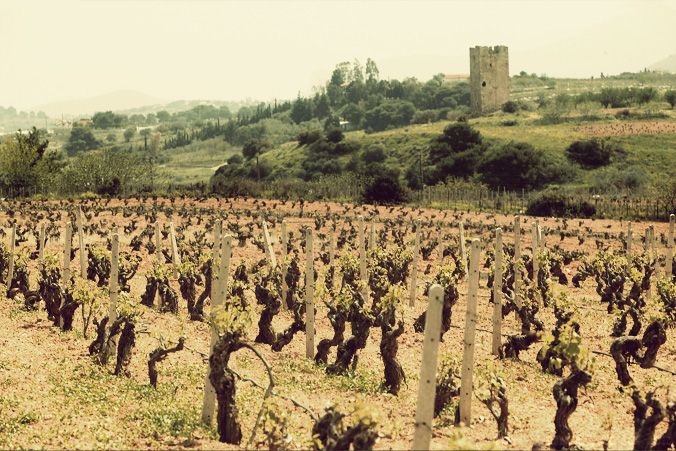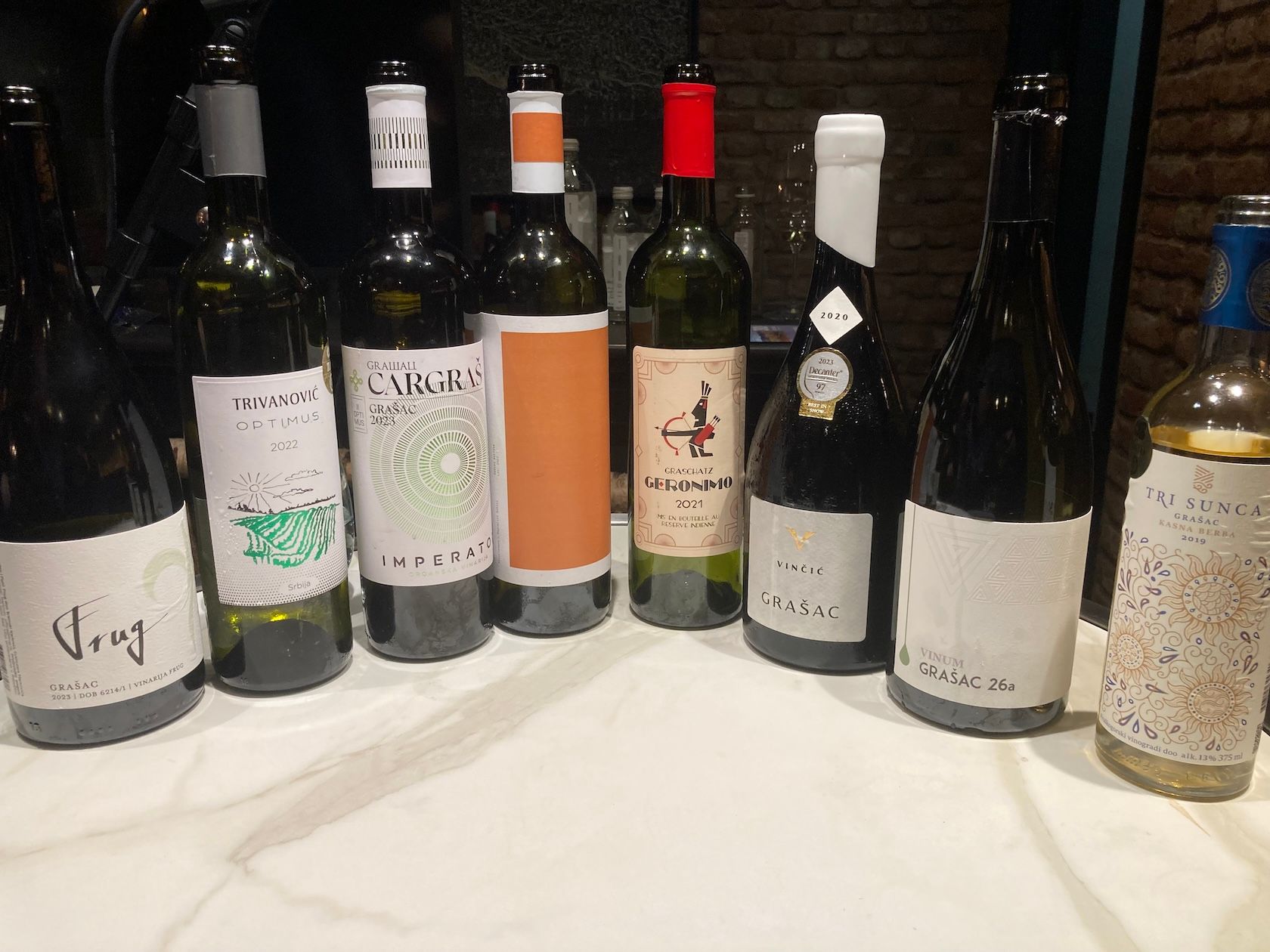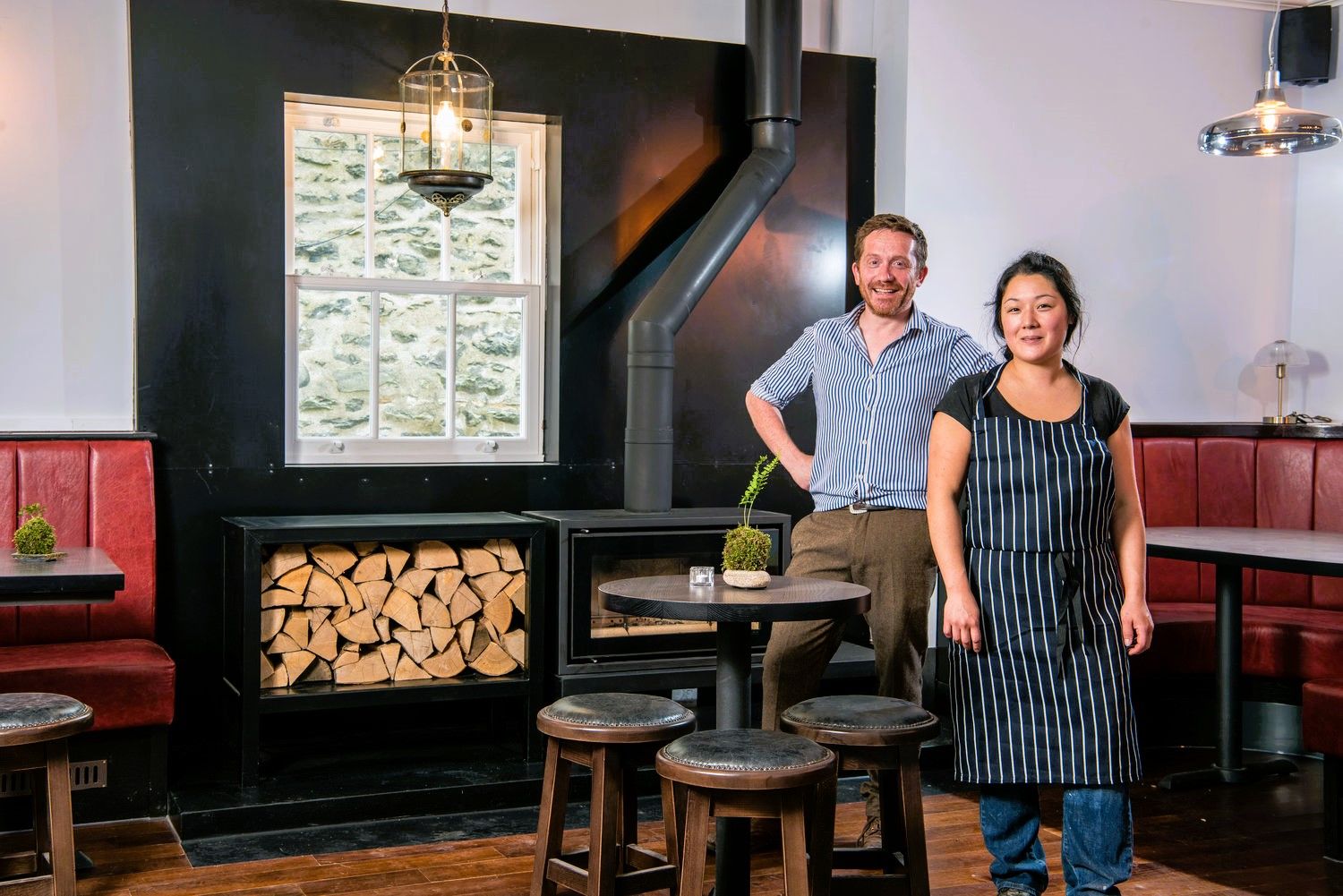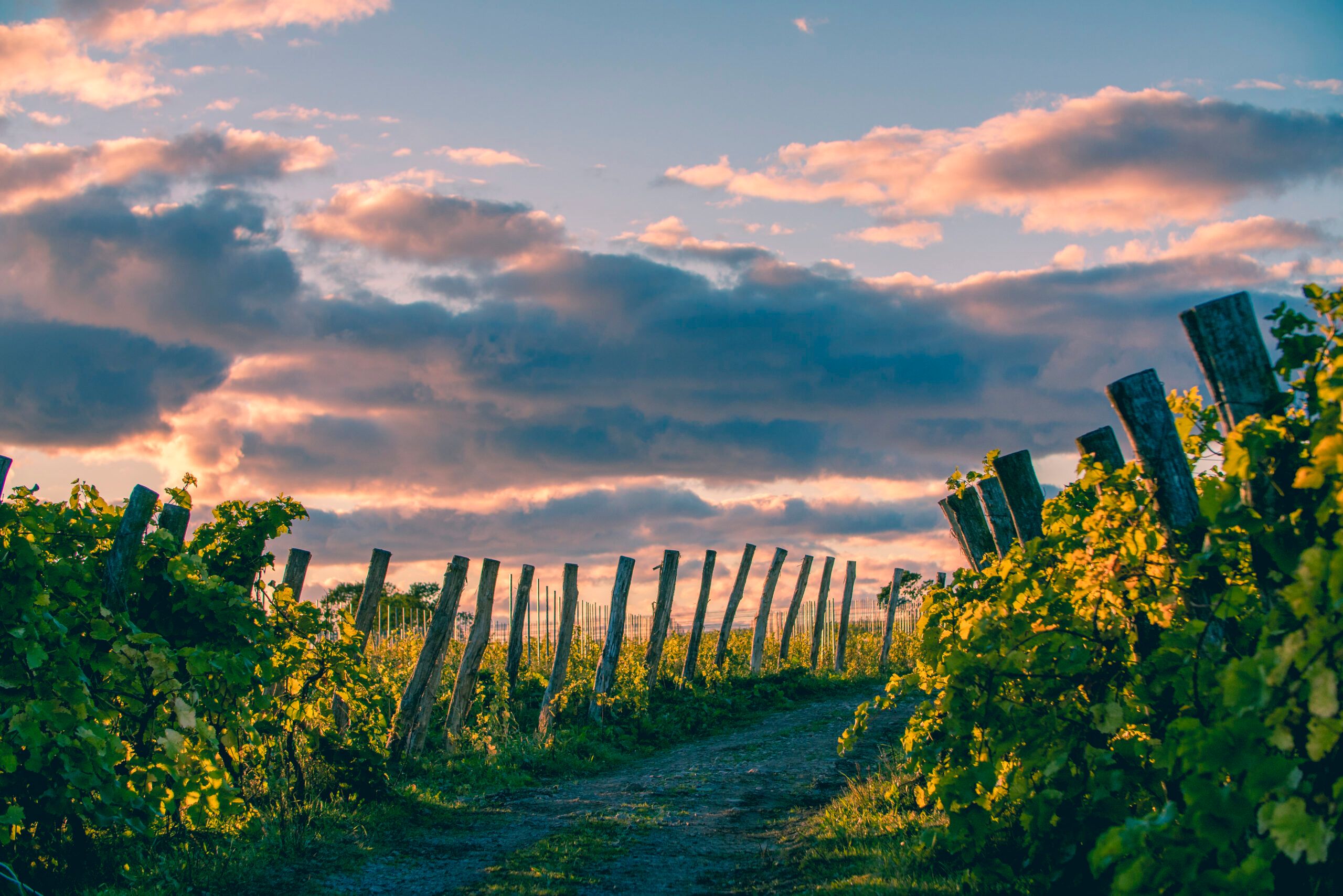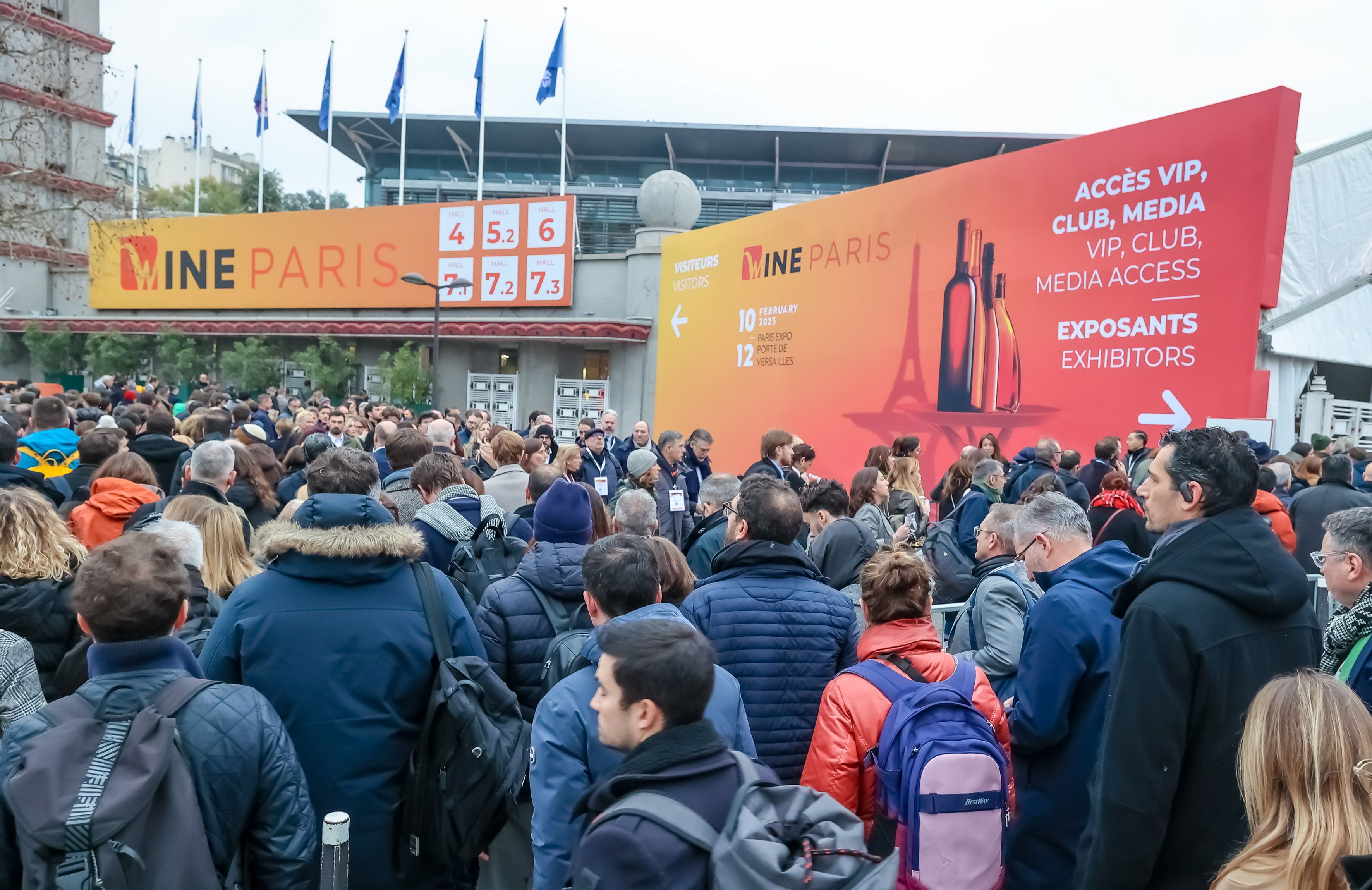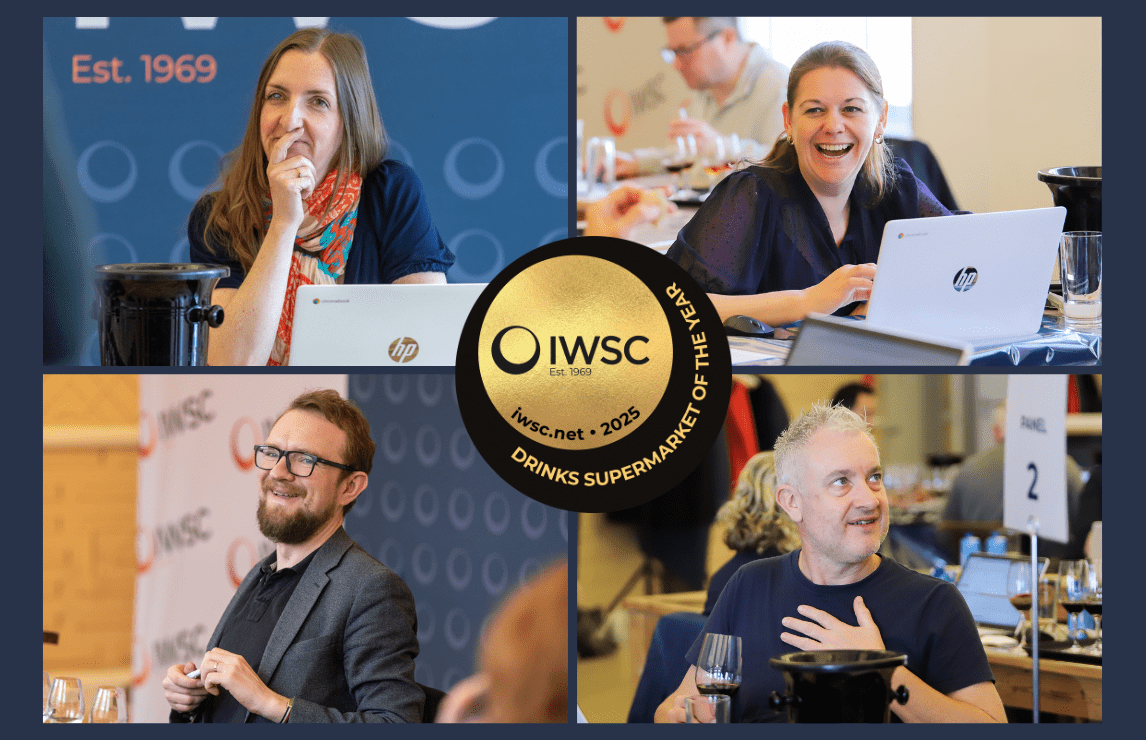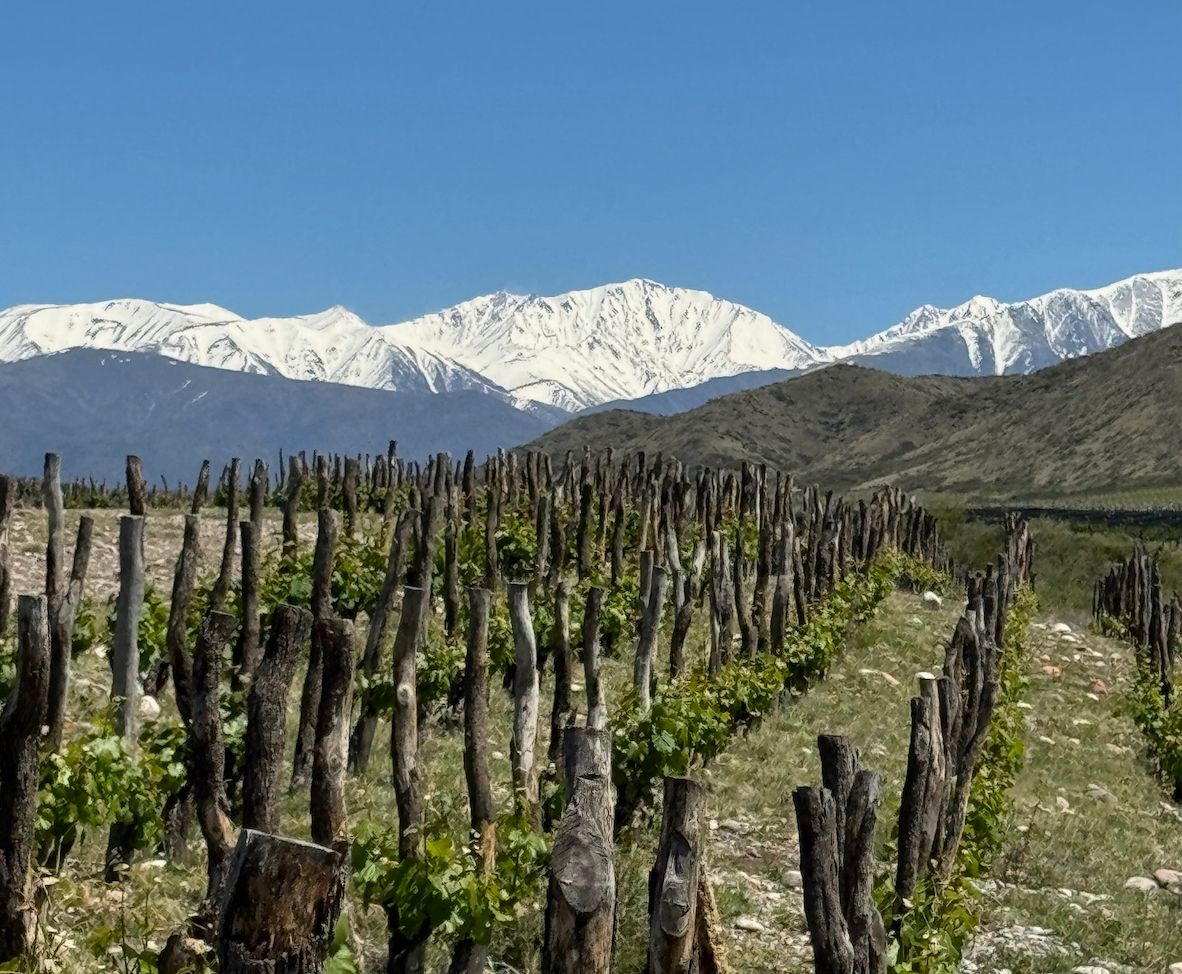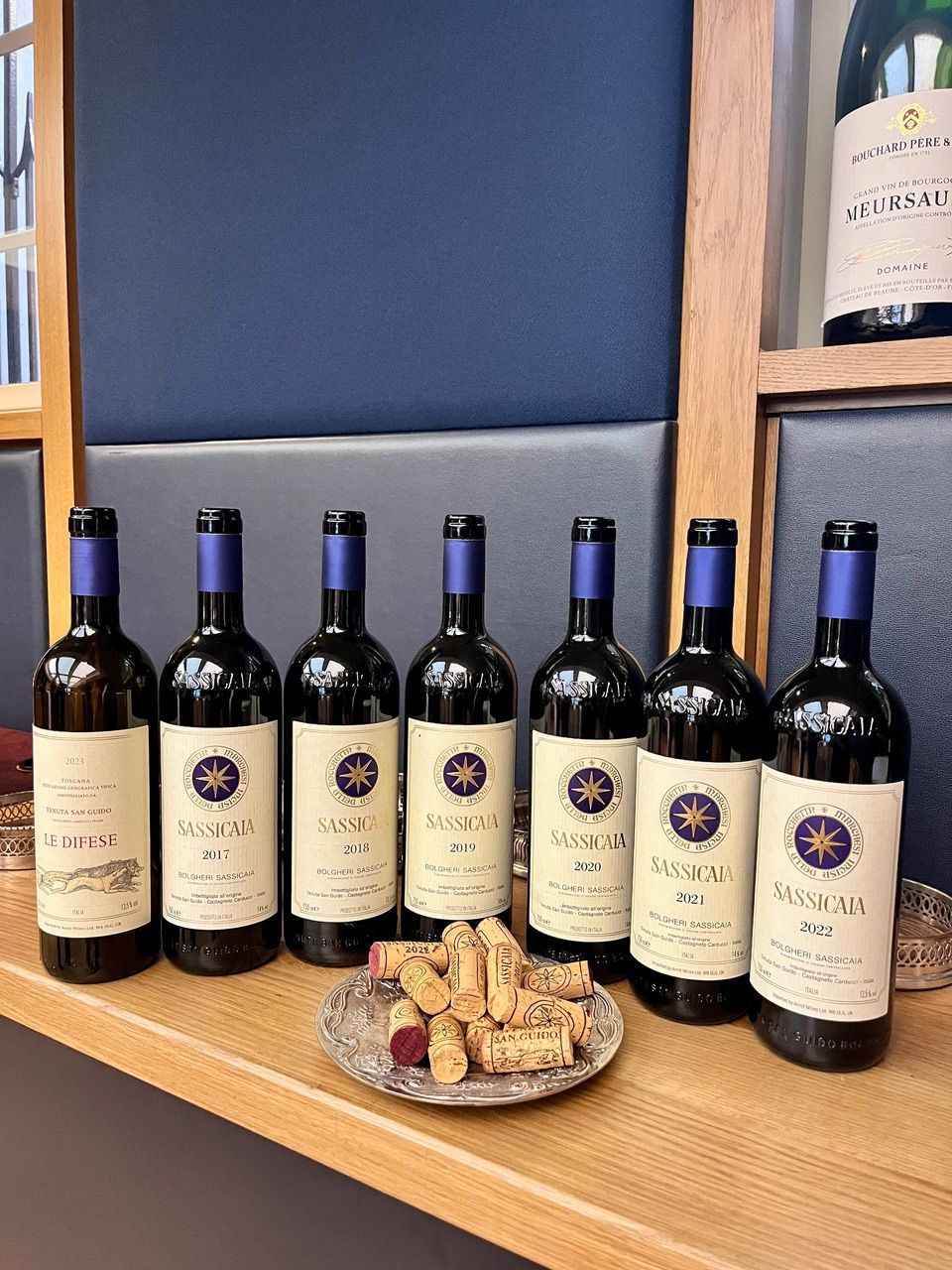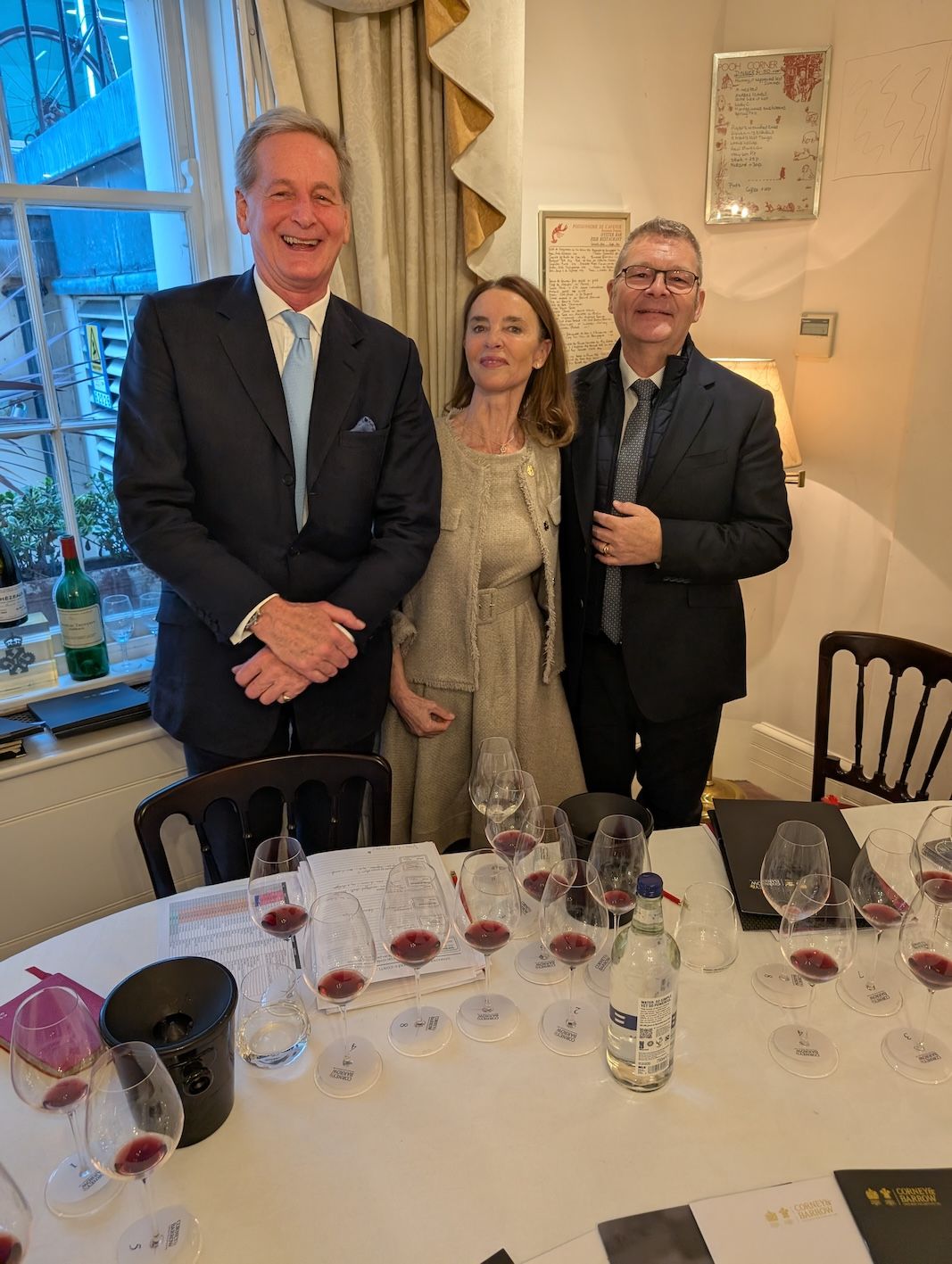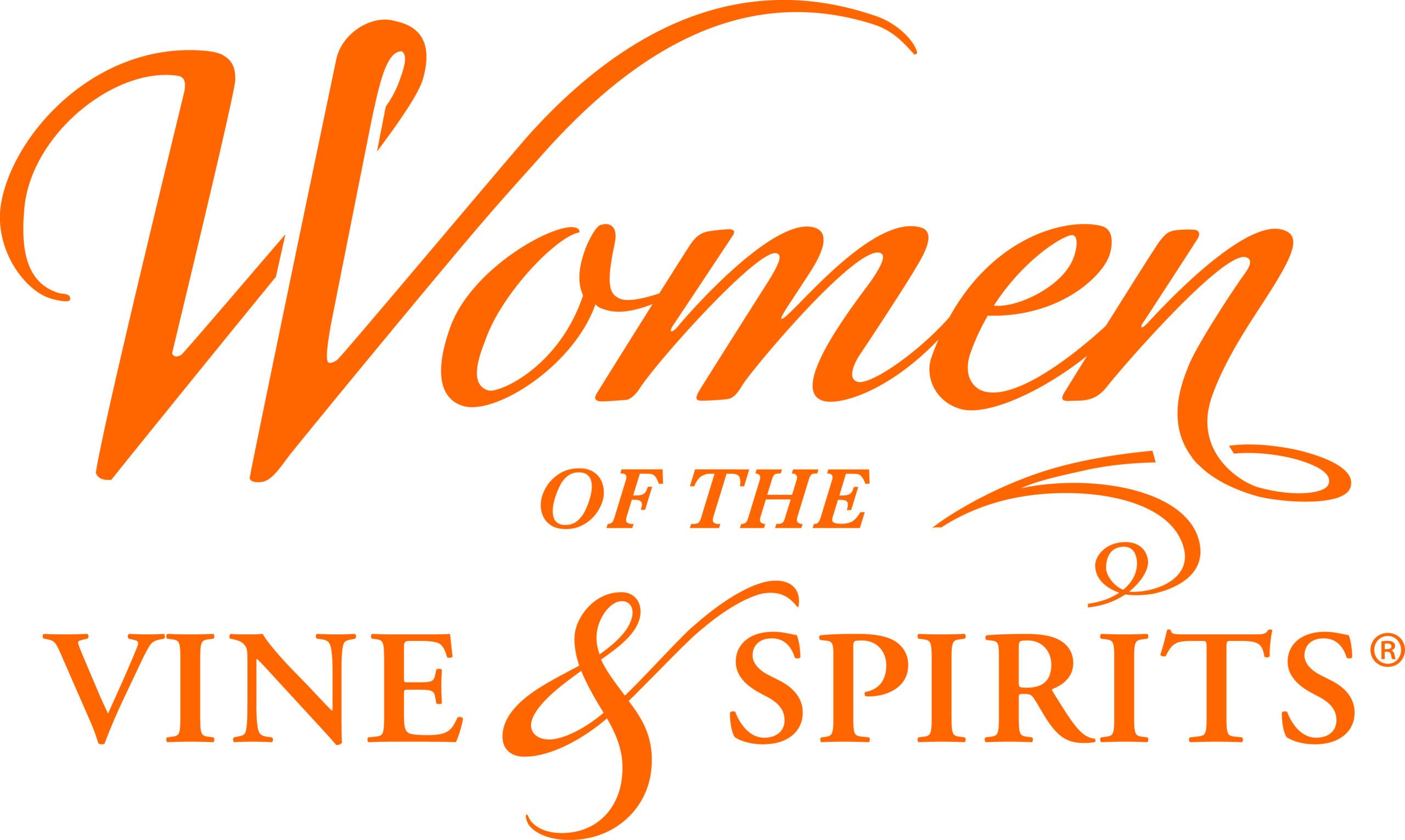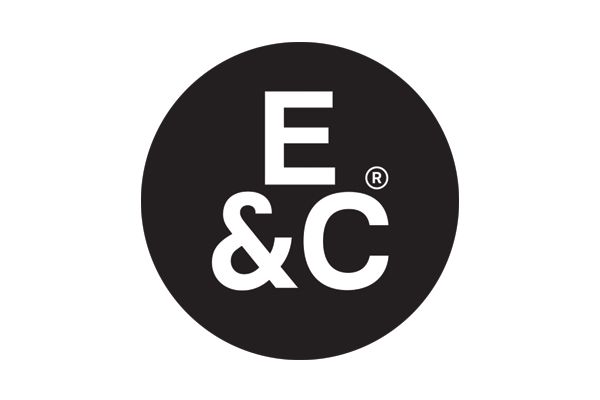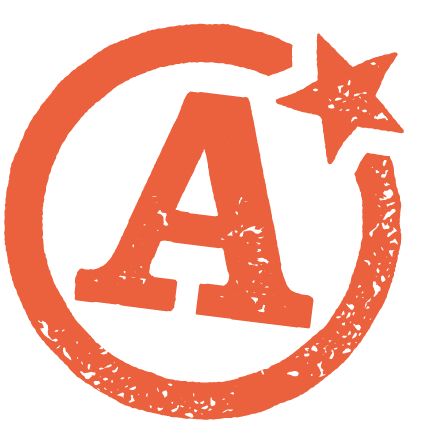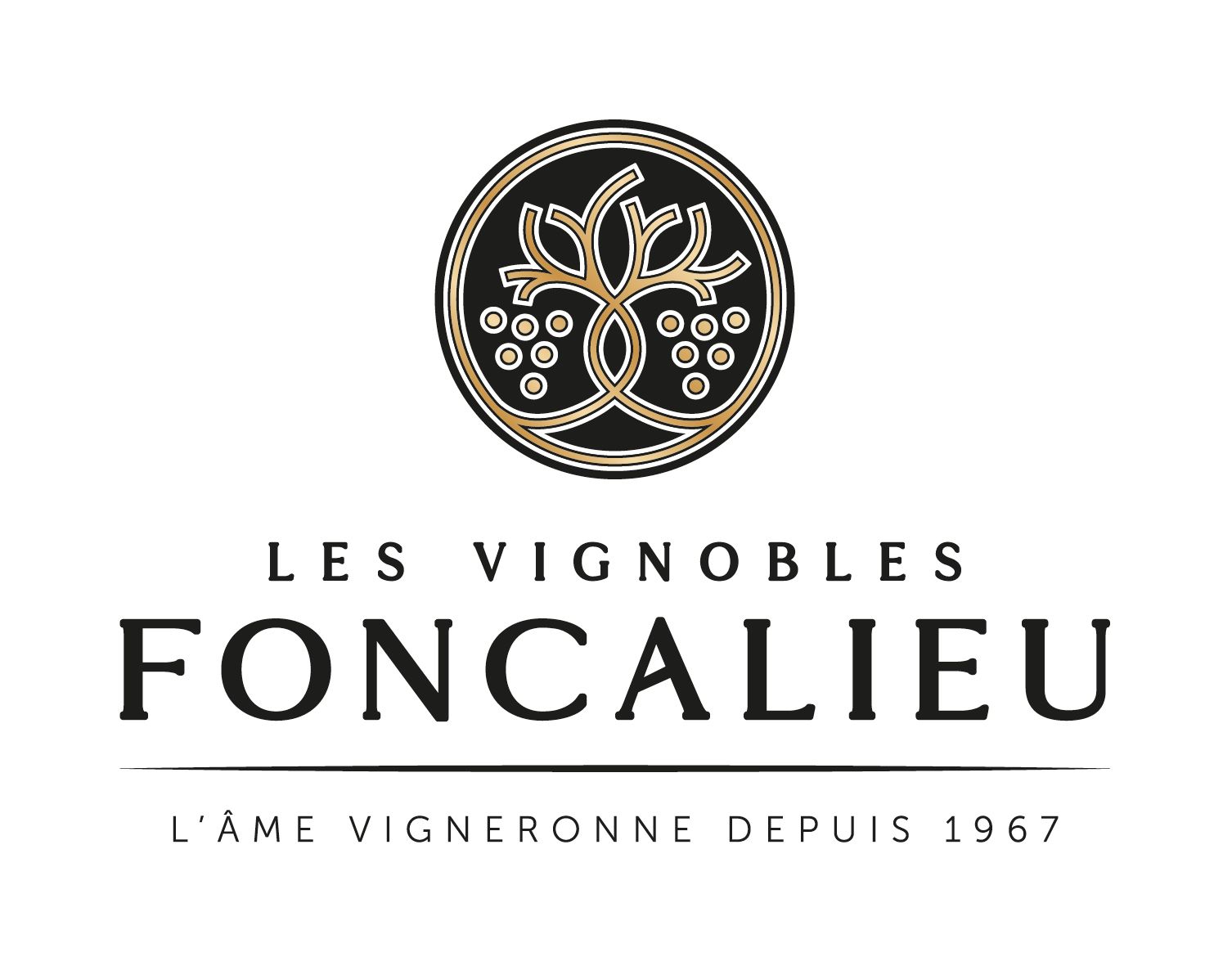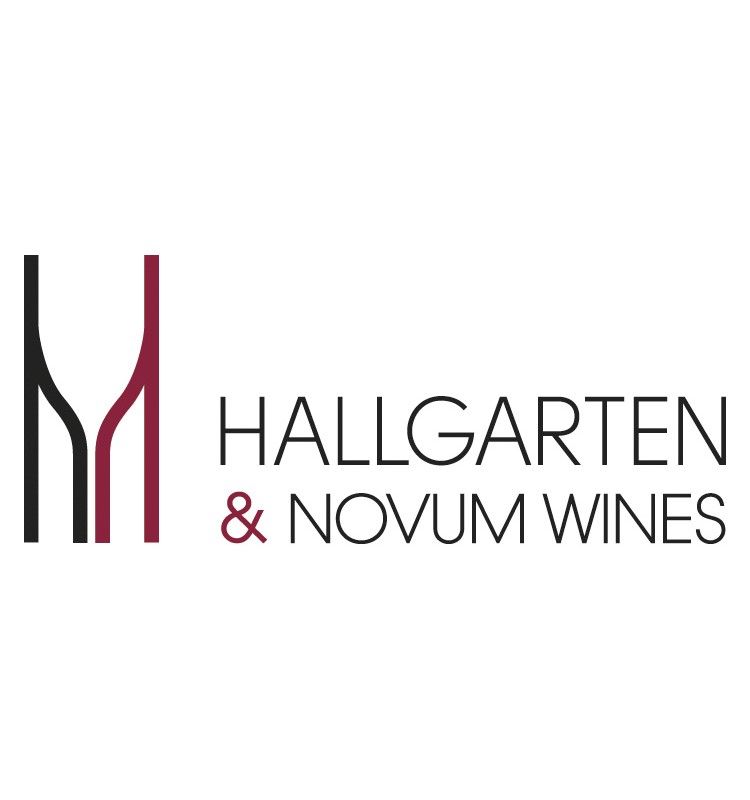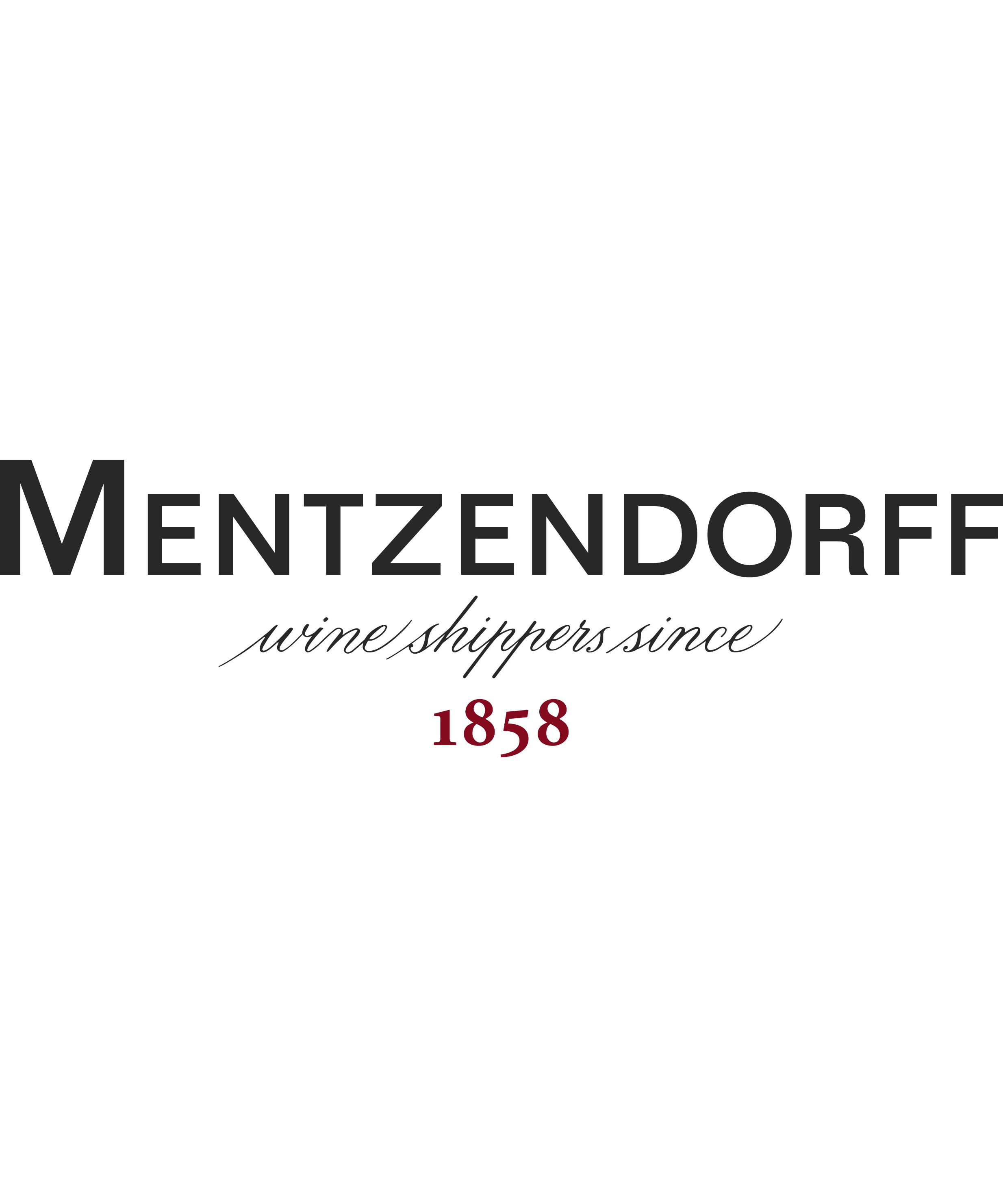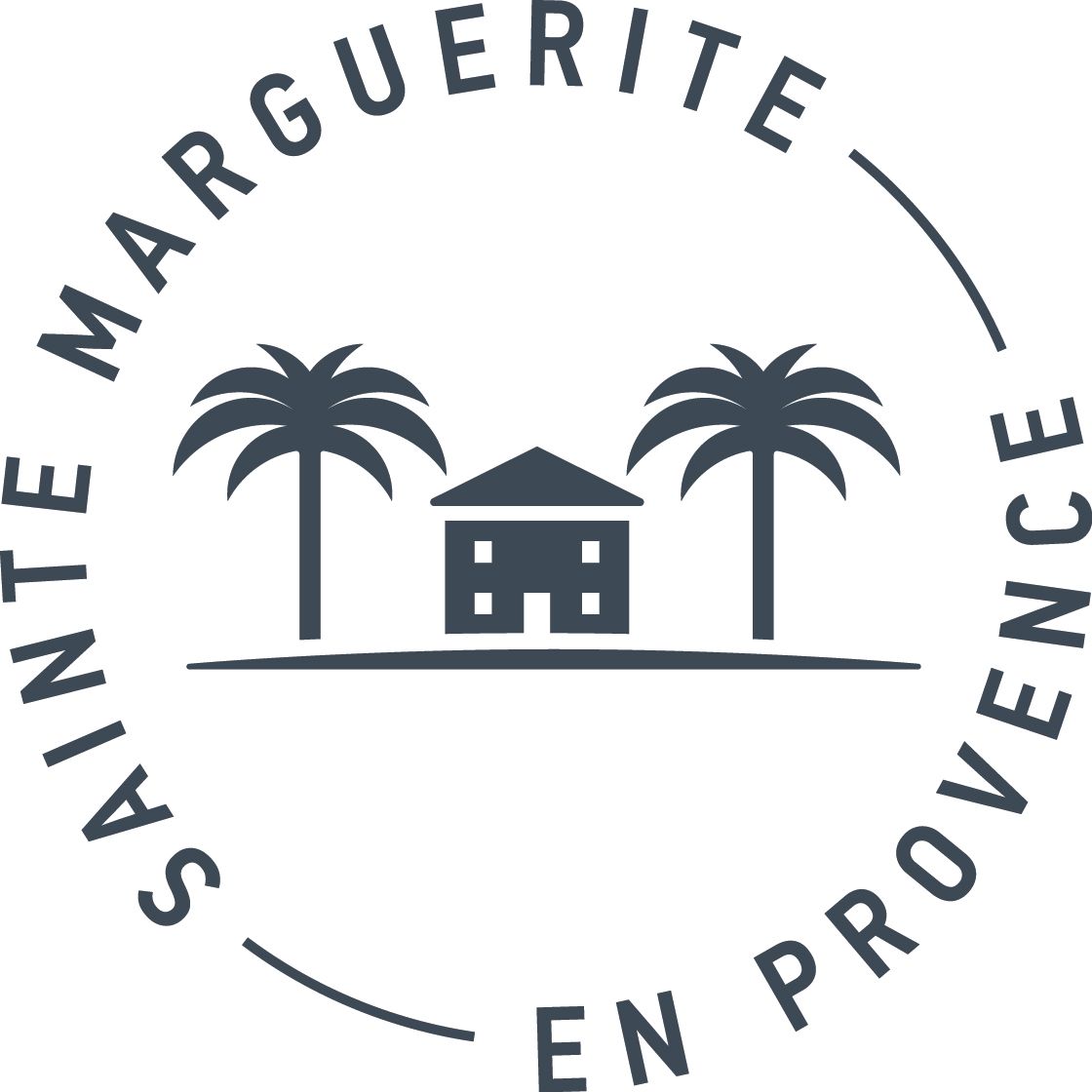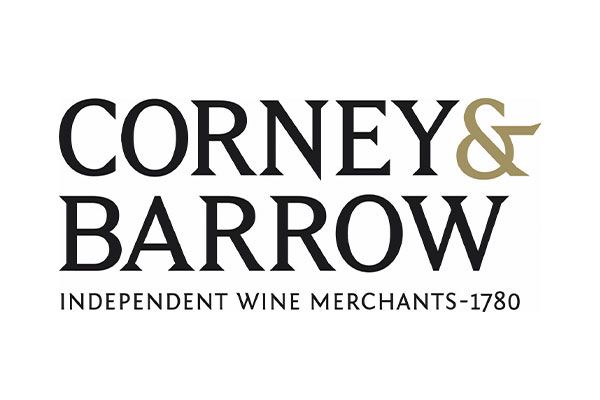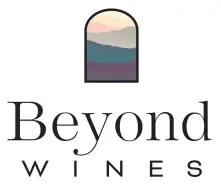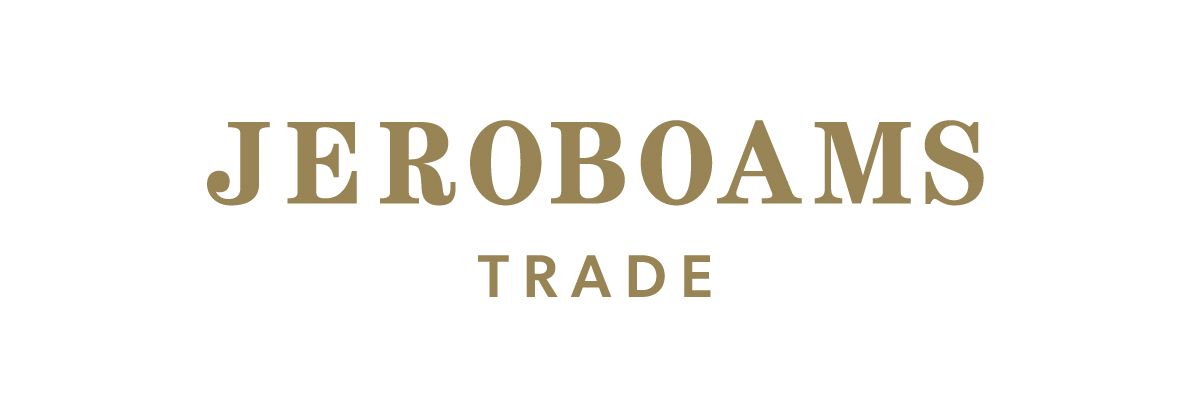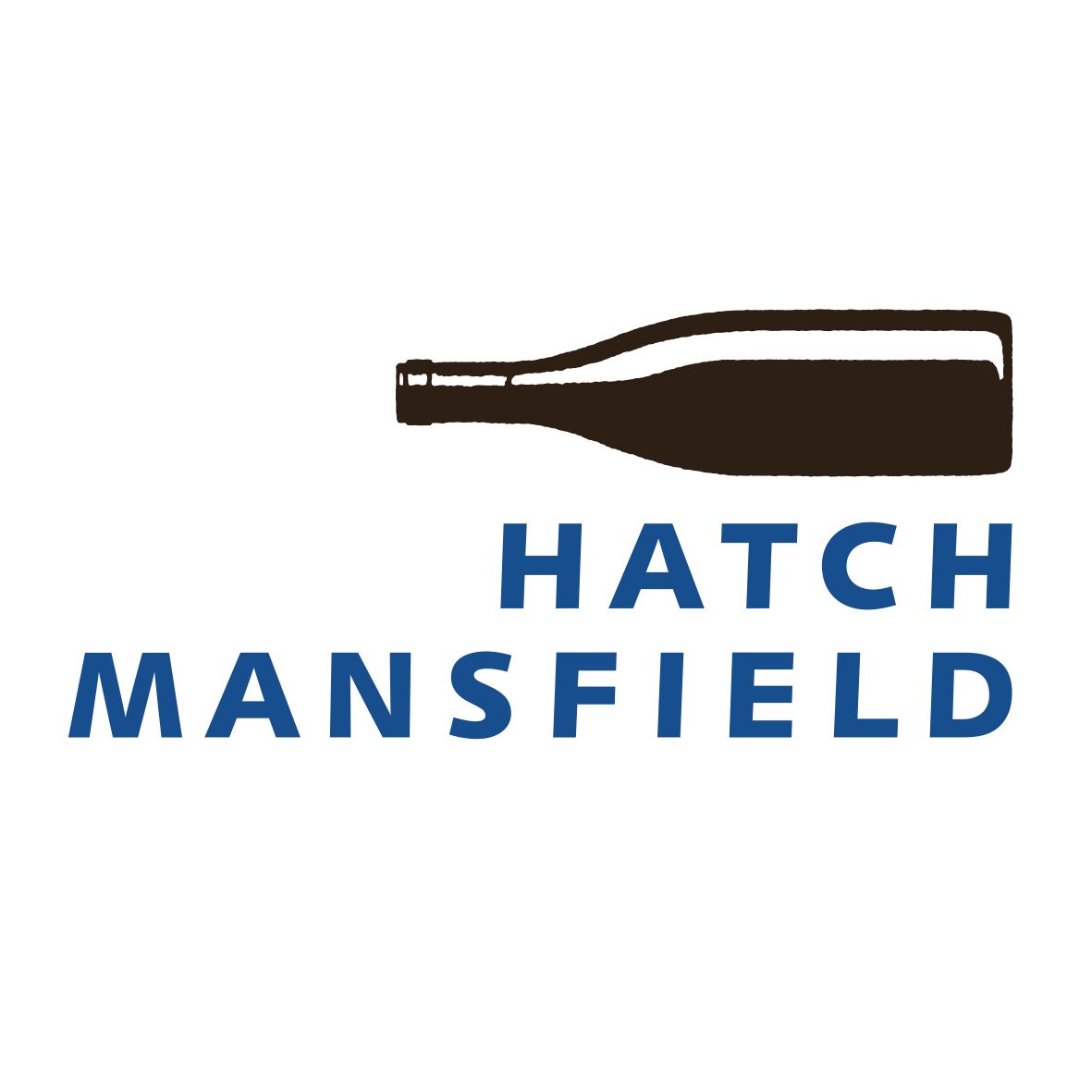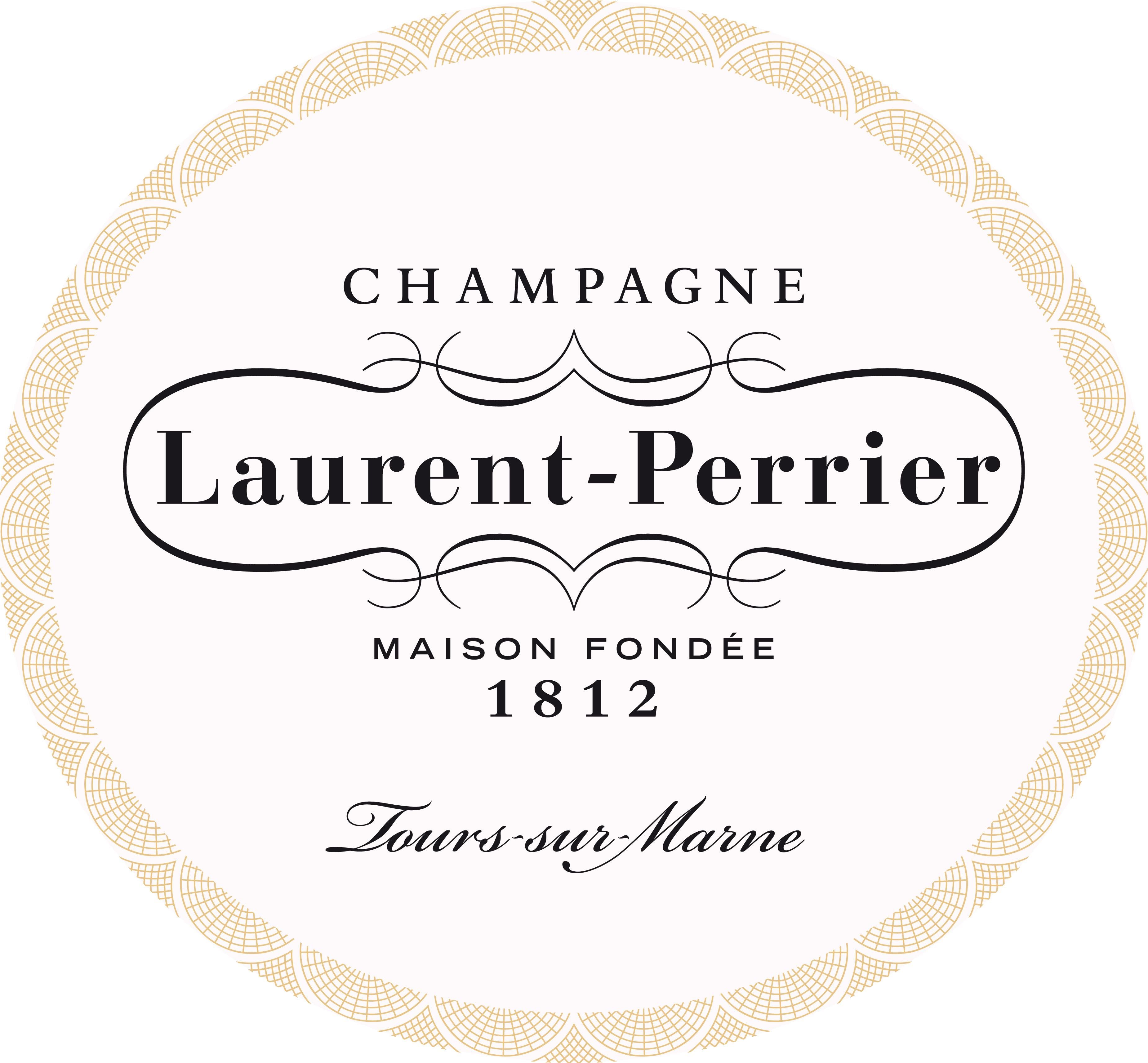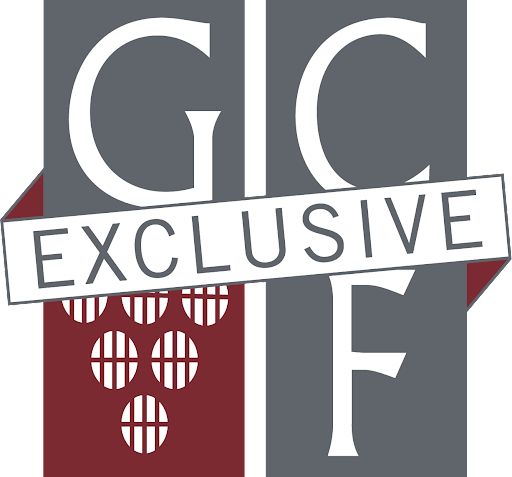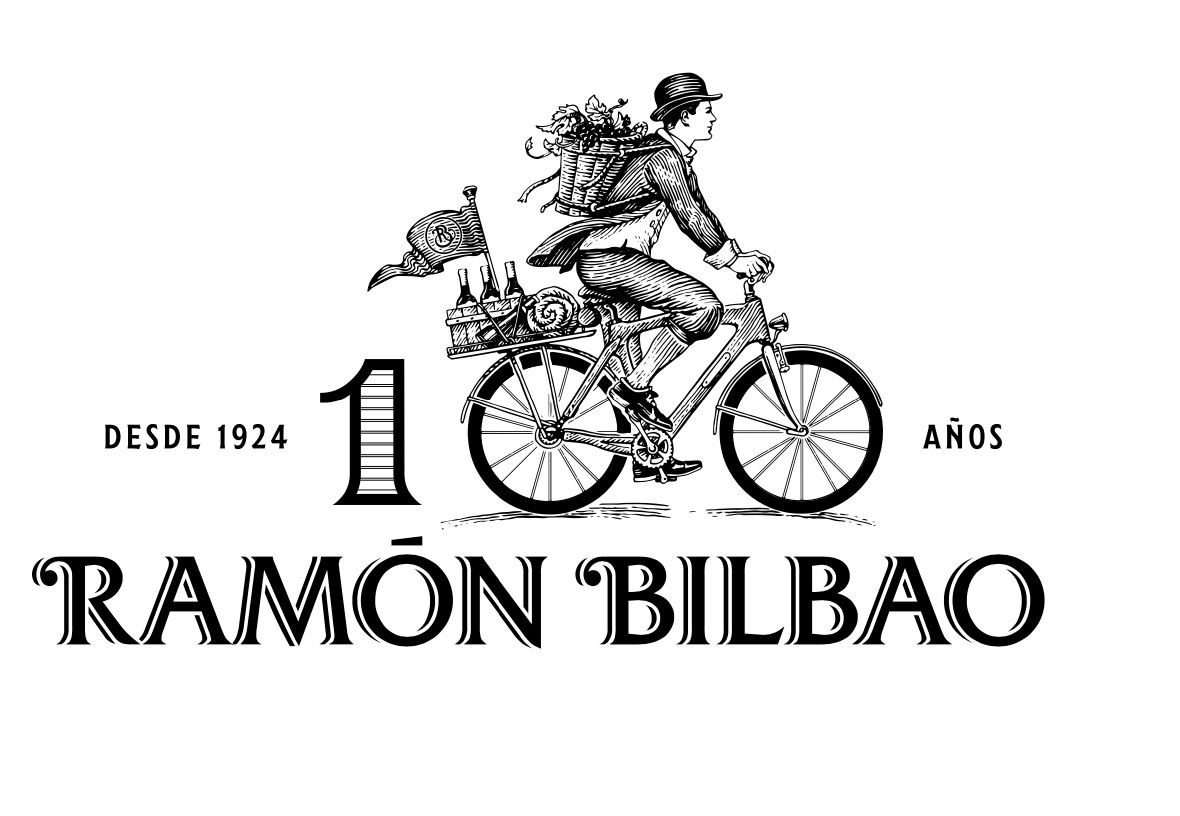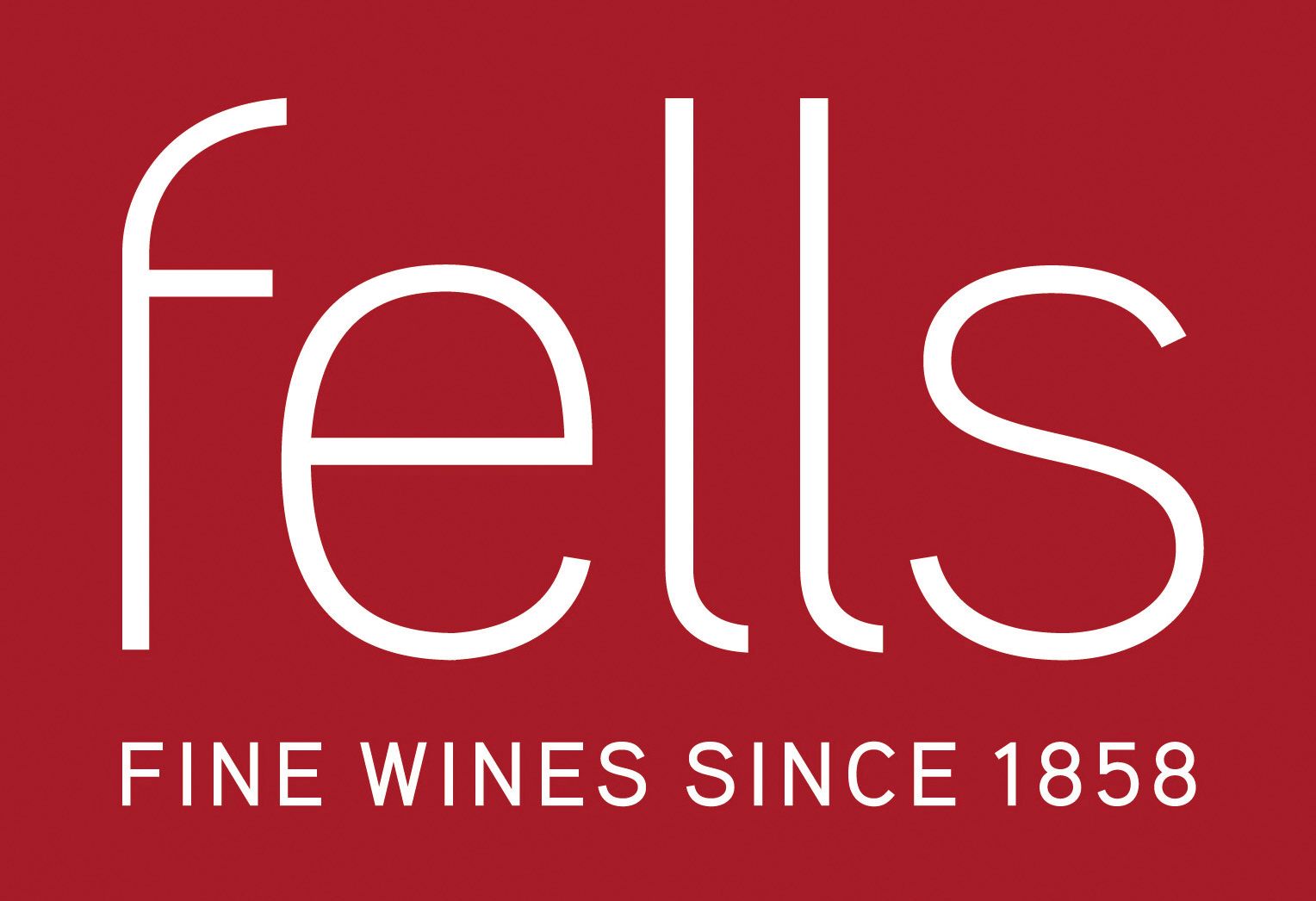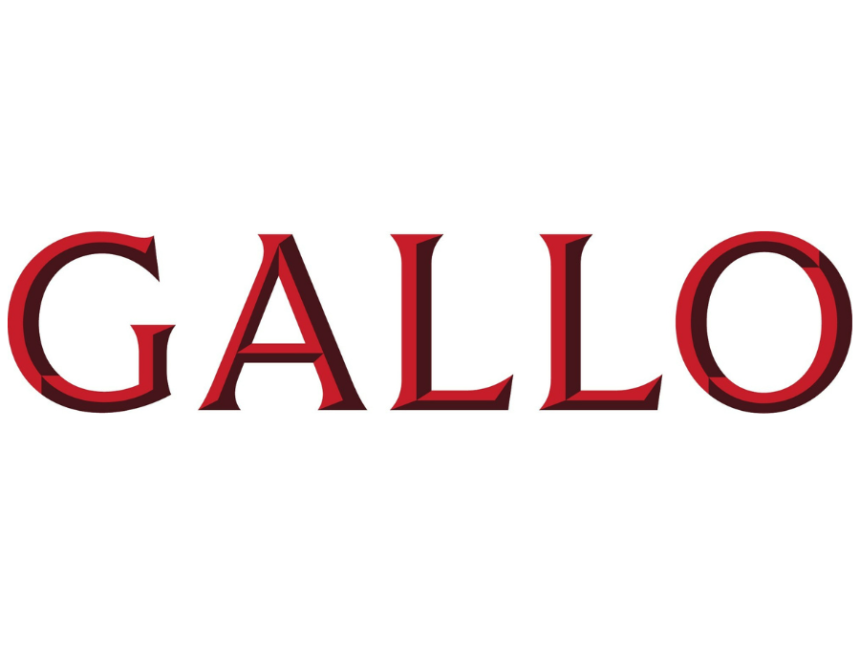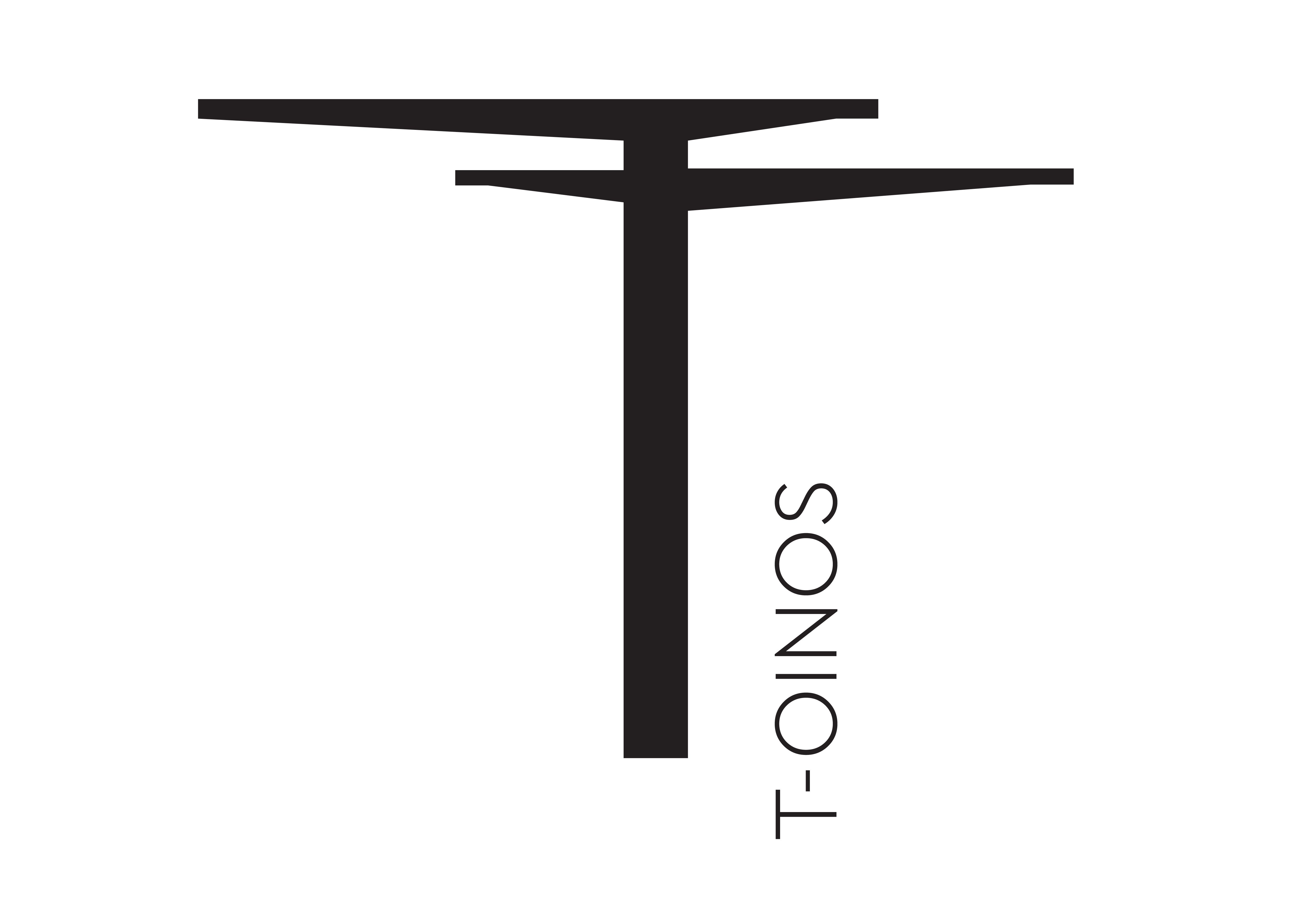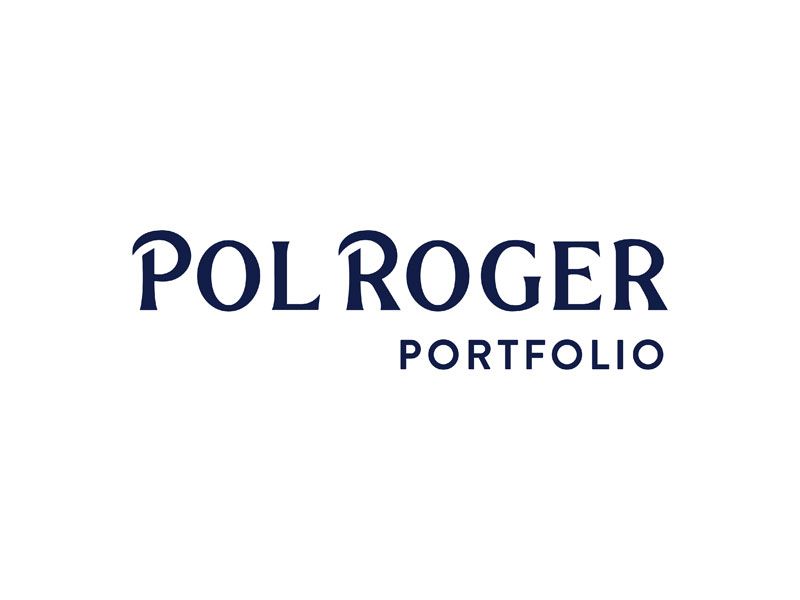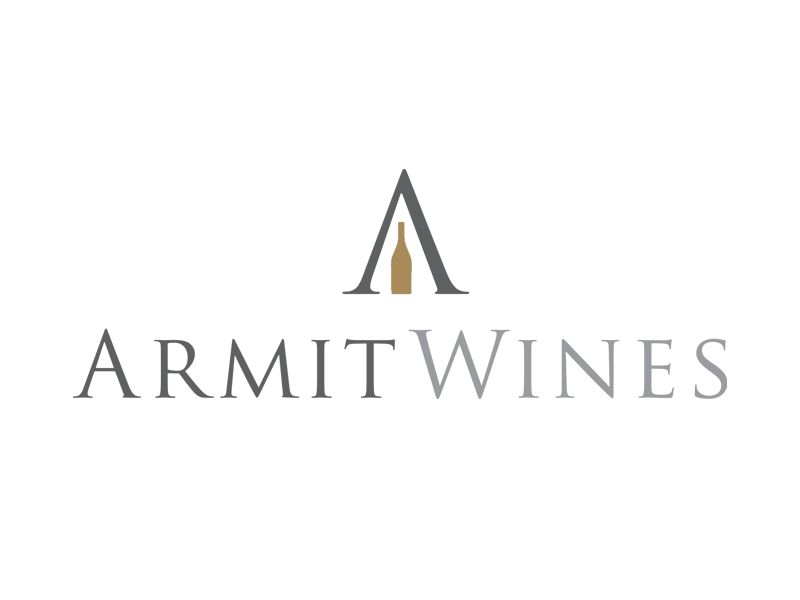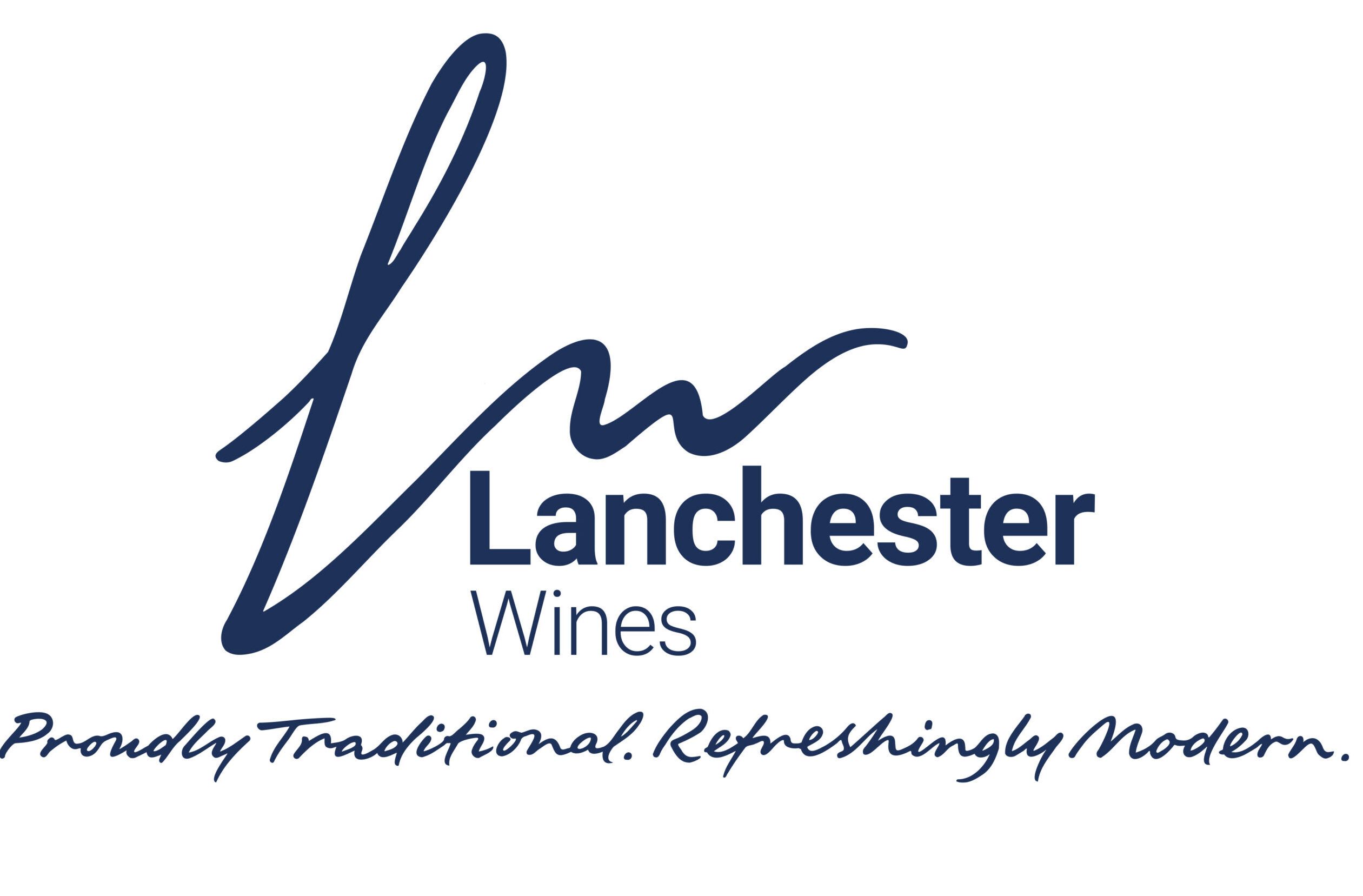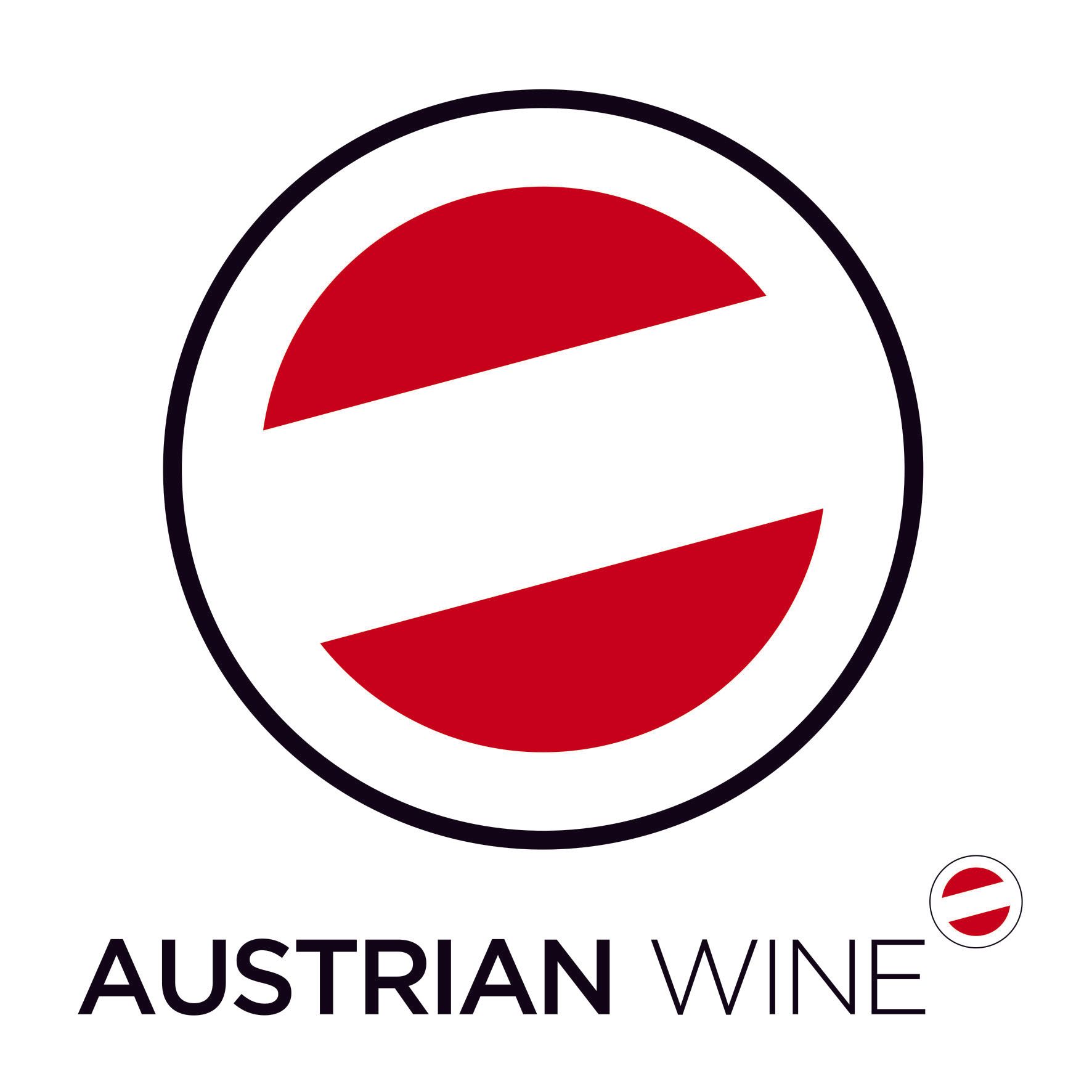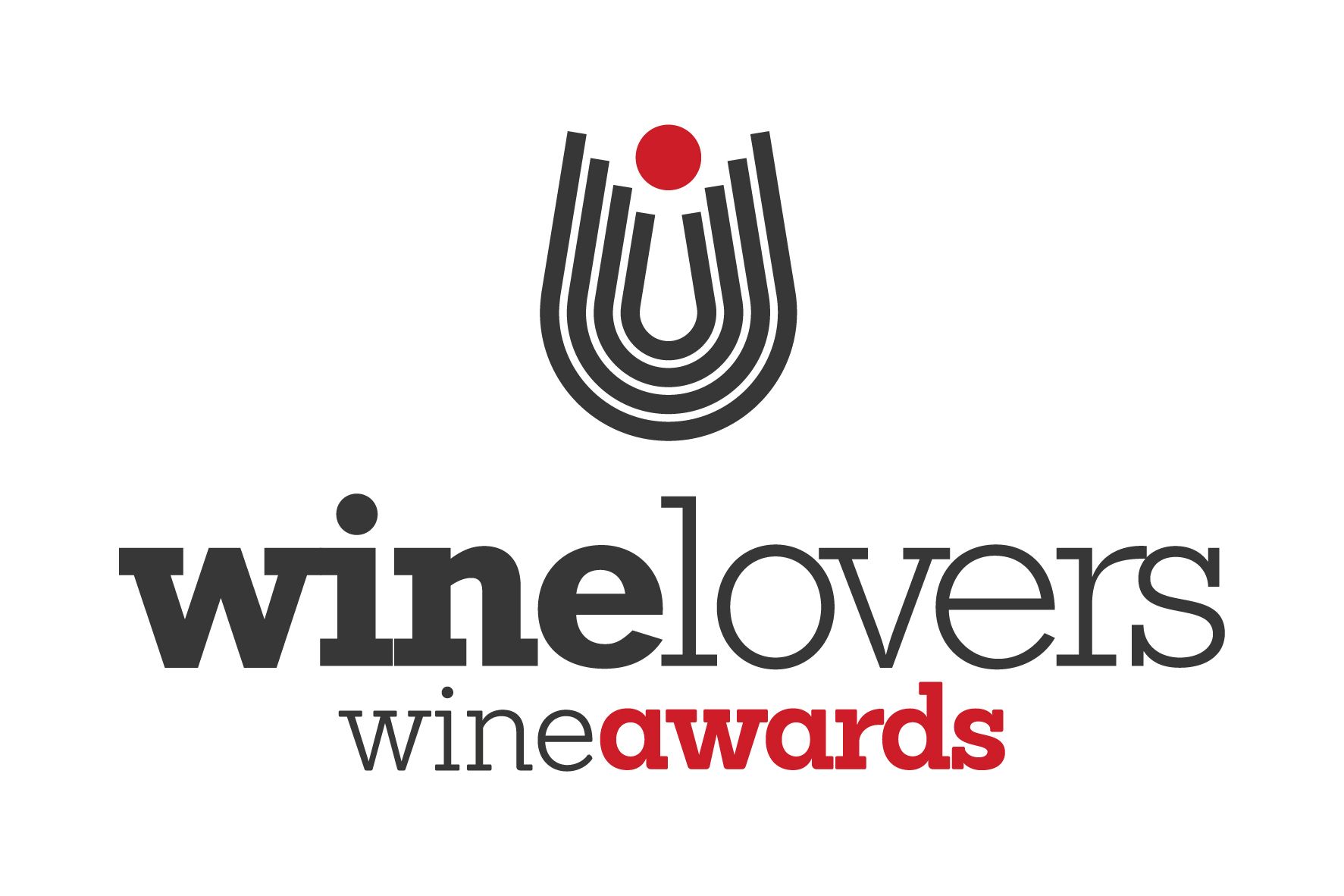Red Squirrel and Boutinot are just two of the UK importers who are opening consumers’ eyes to the wonders of wines made with grapes such as Yapincak, Papaskarasi, Malagousia Kalogeri and Agiorghitko. Thanks to Wine Mosaic they are being saved from extinction.
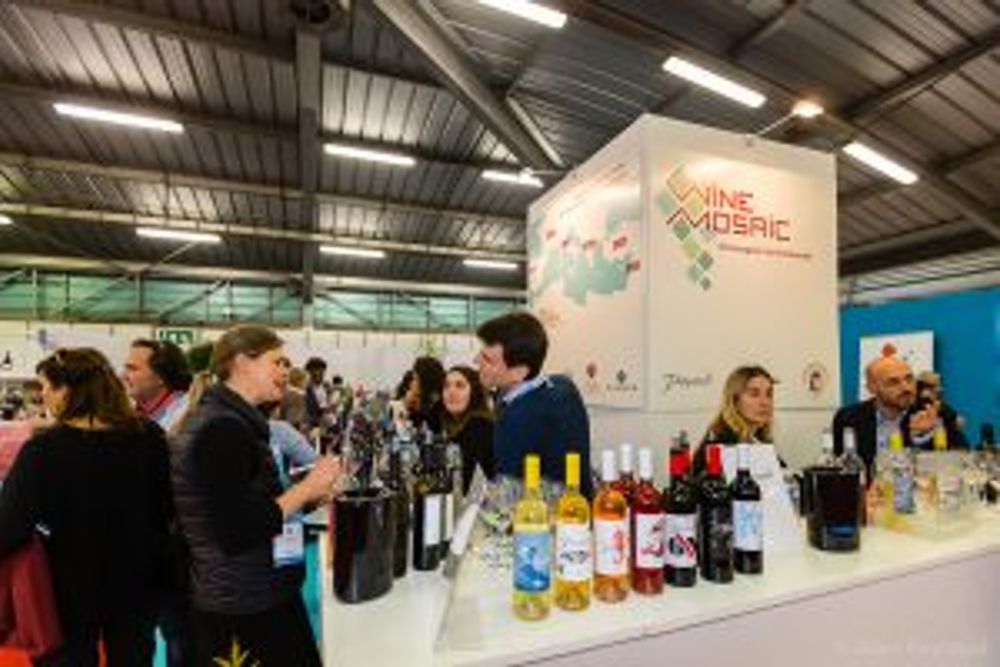
One of the best things about this year’s Vinisud was the presence of Wine Mosaic, a Paris-based non-profit organization devoted to vinodiversity – preserving and promoting indigenous Mediterranean grape varieties.
Whilst buyers and exhibitors were tasting from Rhone, Provence or Languedoc, in a quiet corner of Hall A3, a series of tasting tables and 19 selected exhibitors was devoted to weird and wonderful varieties from across the Med – augmented by pages from Jancis Robinson and Julia Harding’s Wine Grapes bible.
Showing another world of wine
This was another, far less well-known side of the Mediterranean wine industry, and quite fascinating.

Arnaud Daphy from Wine Mosaic
“The best thing that anyone said about us was that what we were doing – promoting rare varieties – was very un-French, because France is generally associated with the classic noble varieties like Syrah, Cabernet Sauvignon and Chardonnay, while we want to show another world of wine,” says Arnaud Daphy, one of the founders of Wine Mosaic.
For those of us who are fans of the rare and obscure, the 100 wines shown here over the three days of Vinisud were a veritable treasure trove. Some varieties were old friends – Plavac Mali and Posip from Croatia, for example, and Xinomavro and Black of Kalavryta from Greece – but there were some I’d never heard of, including from France, Lion d’Oeil Chenanson and Lledoner Pelut and Fer Servadou.
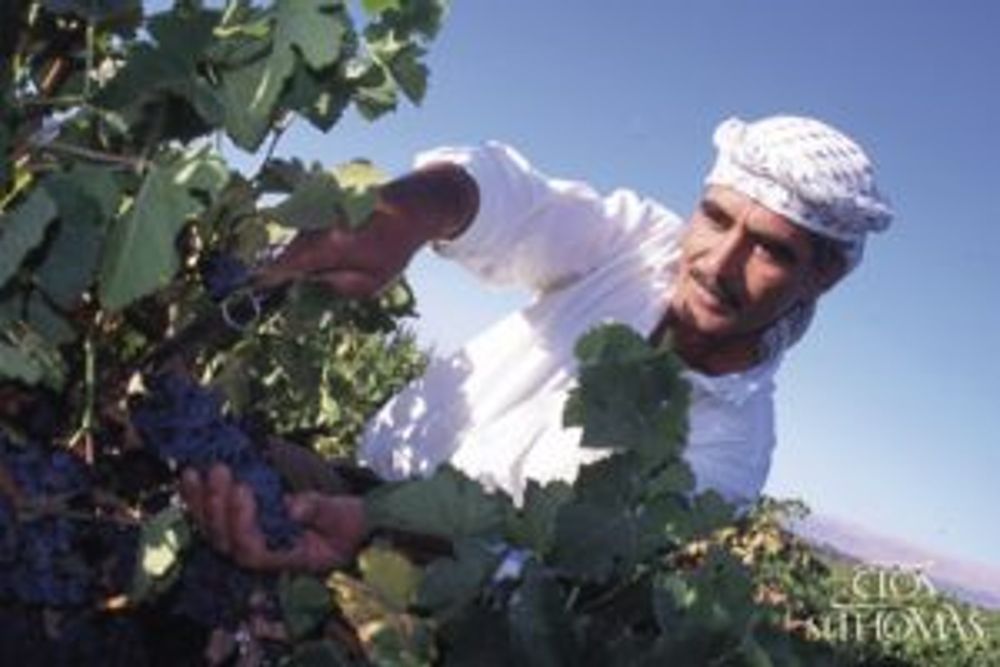
Picking grapes at Chateau St Thomas
What was particularly encouraging was seeing winemakers from lesser known producing countries seeking out and cultivating rare varieties that many had thought extinct.
The eastern Mediterranean in particular has witnessed an impressive spate of discoveries.
In Lebanon, Joe-assaad Touma – at pains to point out the extra ‘a’ in his name makes it mean “happy” unlike Syria’s President Assad, whose name translates as “lion” – is particularly excited at his winery Chateau St.Thomas‘s rediscovery of Obeidy/Obaideh, because DNA testing has now established that this was Lebanon’s original classic white variety.

Joe-assaad Touma
The resulting wine is really appealing, quite fruit forward but with lots of flavour and balance: production has increased from 3000 to 10,000 bottles and Touma is struggling to keep up with demand.
“You can find old varieties scattered amongst eating grapes and in places you just wouldn’t expect. We are looking to discover if there are any other varieties that we can revive; it would be nice to discover a red that we could then use to become our signature indigenous variety,” he says.
Joe-assaad says that although wine-making in Lebanon dates back to ancient times, in the modern era it was been the Jesuits and the colonial French – bringing with them predominately French varietals – that set the pace for wine-making here.
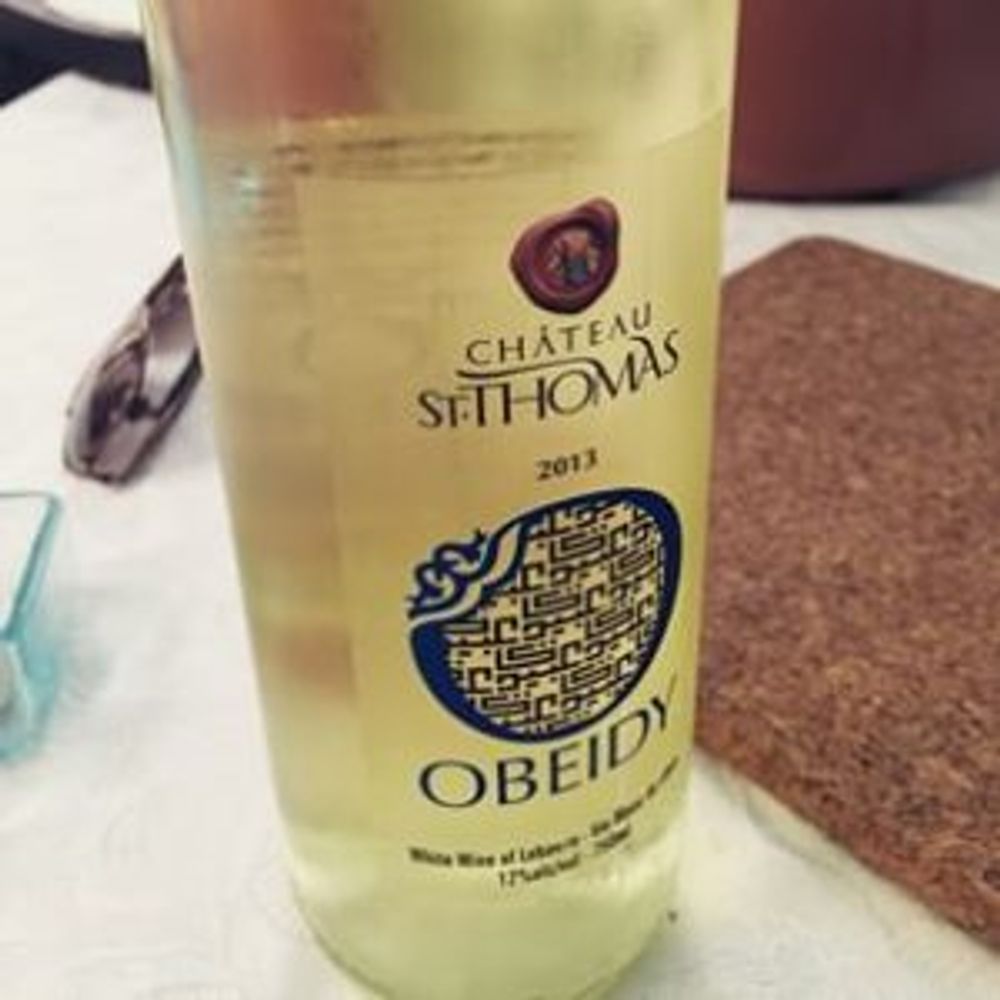
Obeidy now ranks alongside Merwah as the only two indigenous varietals used in an industry dominated by the like of Cinsault – the default national red variety – Chardonnay, Syrah and Grenache.
Turkey’s wine industry may face challenging times – thanks to a government increasingly hostile to alcohol in any form – but for winemakers who appreciate working with indigenous varieties, things have never been more exciting.
Pasaeli Wines, owned by Seyit Karagozoglu (and imported into the UK by Red Squirrel) works no fewer than six indigenous varieties in his Thrace vineyard (another vineyard near Izmir is dedicated mostly to international varietals).
These include:
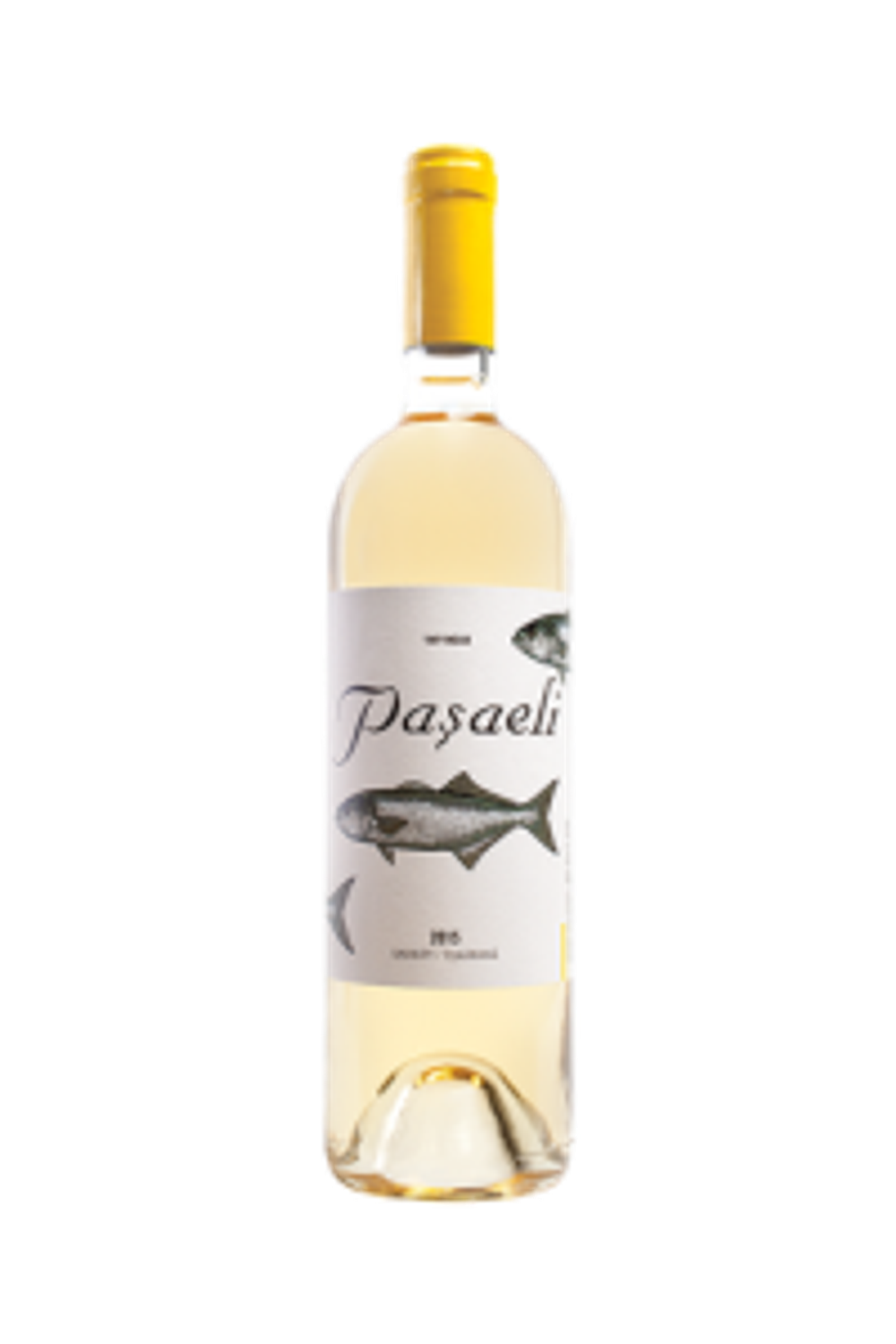
- white Yapincak (a grape more often used for making brandy or eaten, but which in his hands develops into accessible and fresh low alcohol wines – around 11.5% – that are perfect for summer drinking);
- Kolorko (a freckled variety that all but died out in the 1970s because it is a “difficult” grape; Karagozoglu got some cuttings and replanted it, and remains the only winemaker who works with it);
- Papaskarasi – which translates as “black of the priest”;
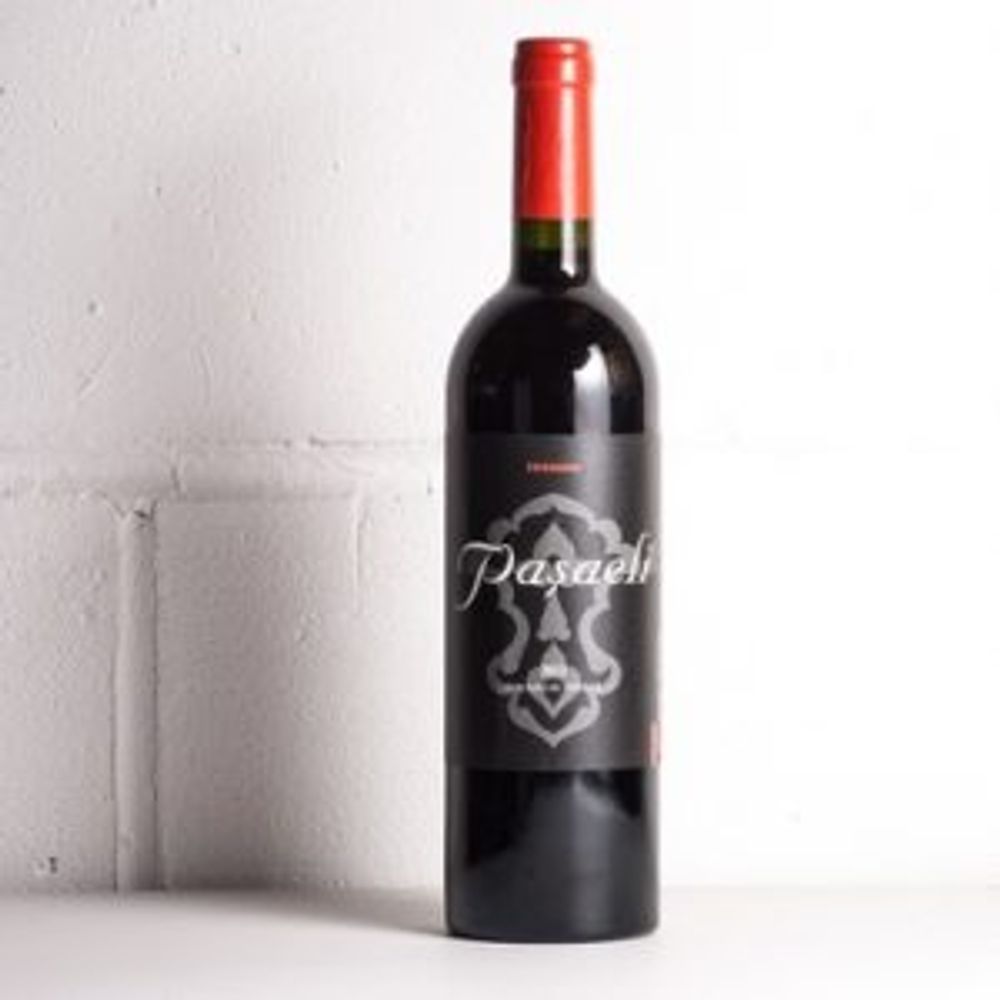
- Calkarasi and Kara Sakiz, a grape with possible Greek origins that is today grown mainly in the Dardanelles region, which he makes into rose wines, one a blush aimed at appealing to international tastes (Pasaeli 6N) the other a darker, more difficult pink wine which Karagozoglu prefers because he says it brings out the true character of the grape.
“The beauty of making wine in Turkey today is that we have so many indigenous varieties that even educated consumers are unfamiliar with. Some may be a hard sell but they speak of our history and of our land,” he says.
Greece was also well represented, by the producer Domaine Sigalas from Santorini (best known for their delicious white Assyrtiko, but the star was their red made from Mavrotragano, a very rare indigenous grape unique to the island).
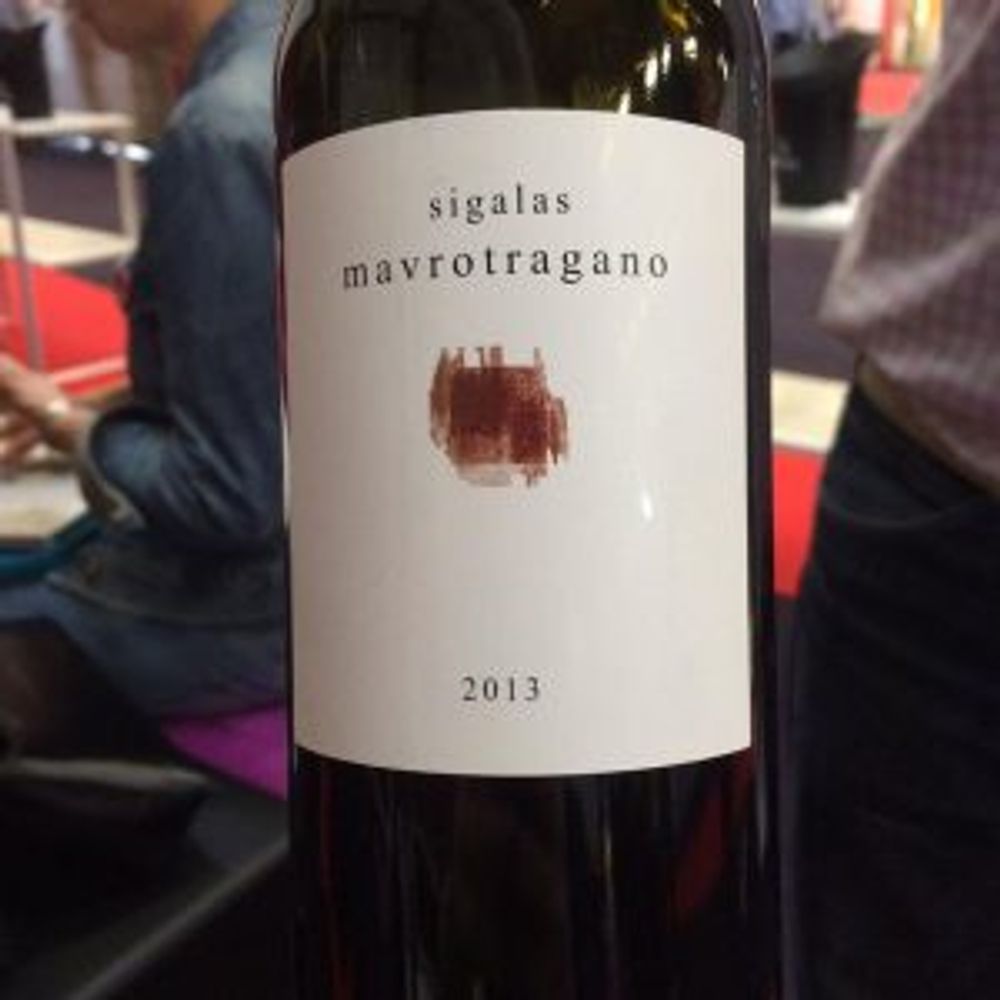
Equally exciting were the wines of Domaine Papagiannakos, located in Attica, very close to Athens airport.
The wines made from indigenous varieties (and imported into the UK by Boutinot) are outstandingly more-ish, notably the white Savatiano 2016 – a fresh and floral wine, tasting like a forward Chenin Blanc; the Viognier-like Malagousia Kalogeri 2016, round and fleshy but wonderfully fresh; Retsina (made from Savatiano but much smoother and more sophisticated than the cheap and nasty retsinas you will remember from your holidays) and Erythos 2014, a blend of 70% Agiorghitko and 30% Cabernet Sauvignon.
The winery promotes minimal intervention to let the grapes speak for themselves, and at just 12.5% alcohol, the wines are refreshingly low in alcohol, with attractive modern packaging that complements the wines within.
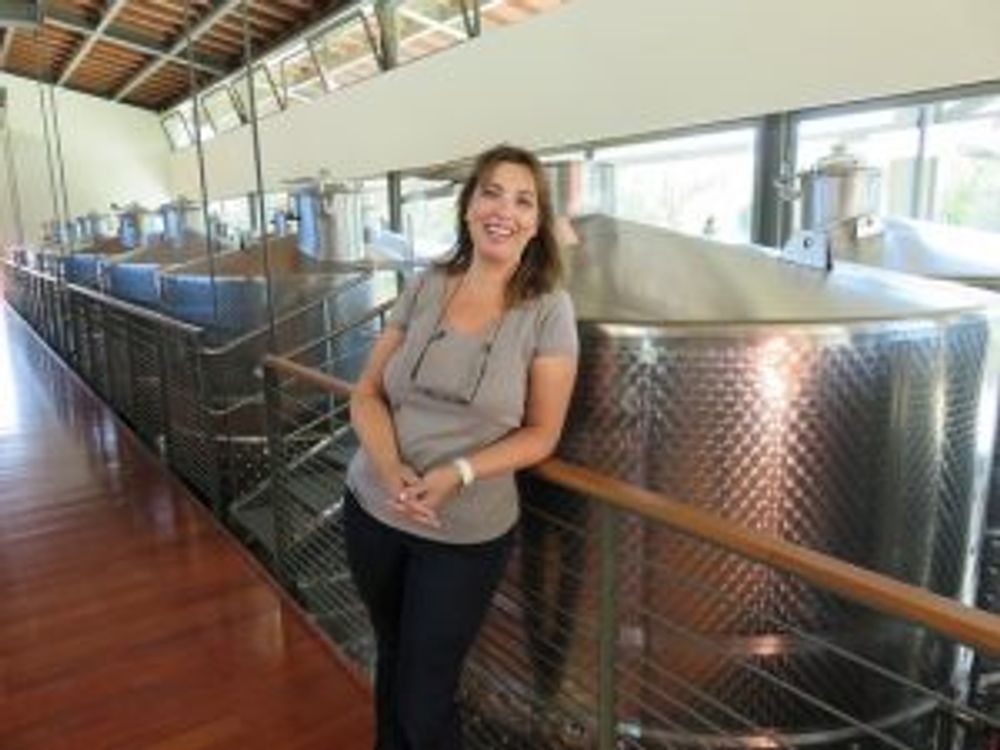
Angeliki Papagiannakos
“We are very proud of the wines we make from our local varieties because, quite simply, we think there is nothing else out there on the market that compares to them. The wines have freshness and depth but they also speak of where they were grown. They really have a great sense of place,” says Angeliki Papagiannakos, daughter of owner and winemaker Vassilis Papagiannakos.
Fortunately for those who have yet to attend a Wine Mosaic event, there is good news.
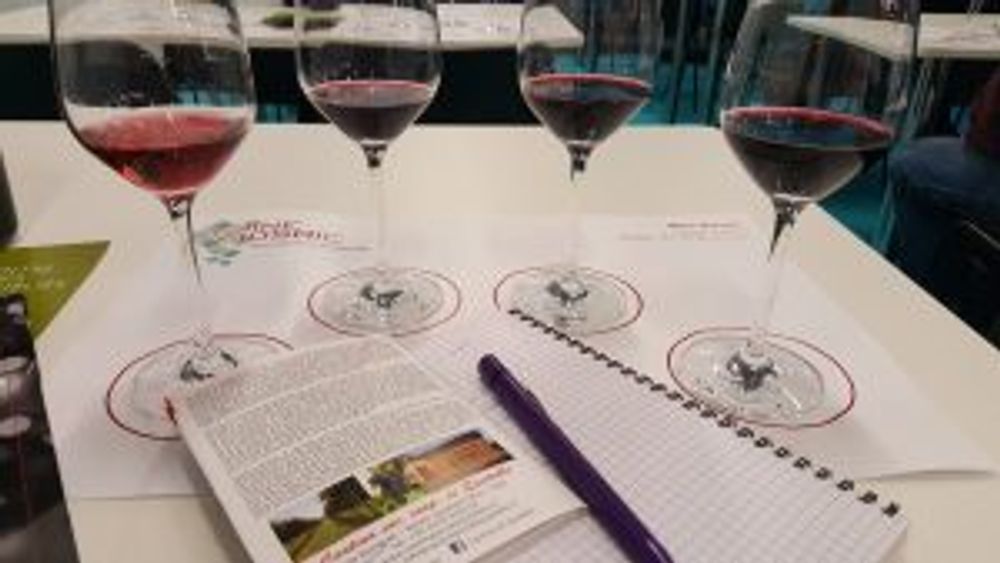
“We want to build on what we have achieved and get the word out, because we think it is important that consumers and buyers become more familiar with rare and lesser-known varieties. We hope to be able to do a tasting in London soon, because the UK is where there is the most interest, and where we are most interested in taking this project,” says Wine Mosaic’s Daphy.
